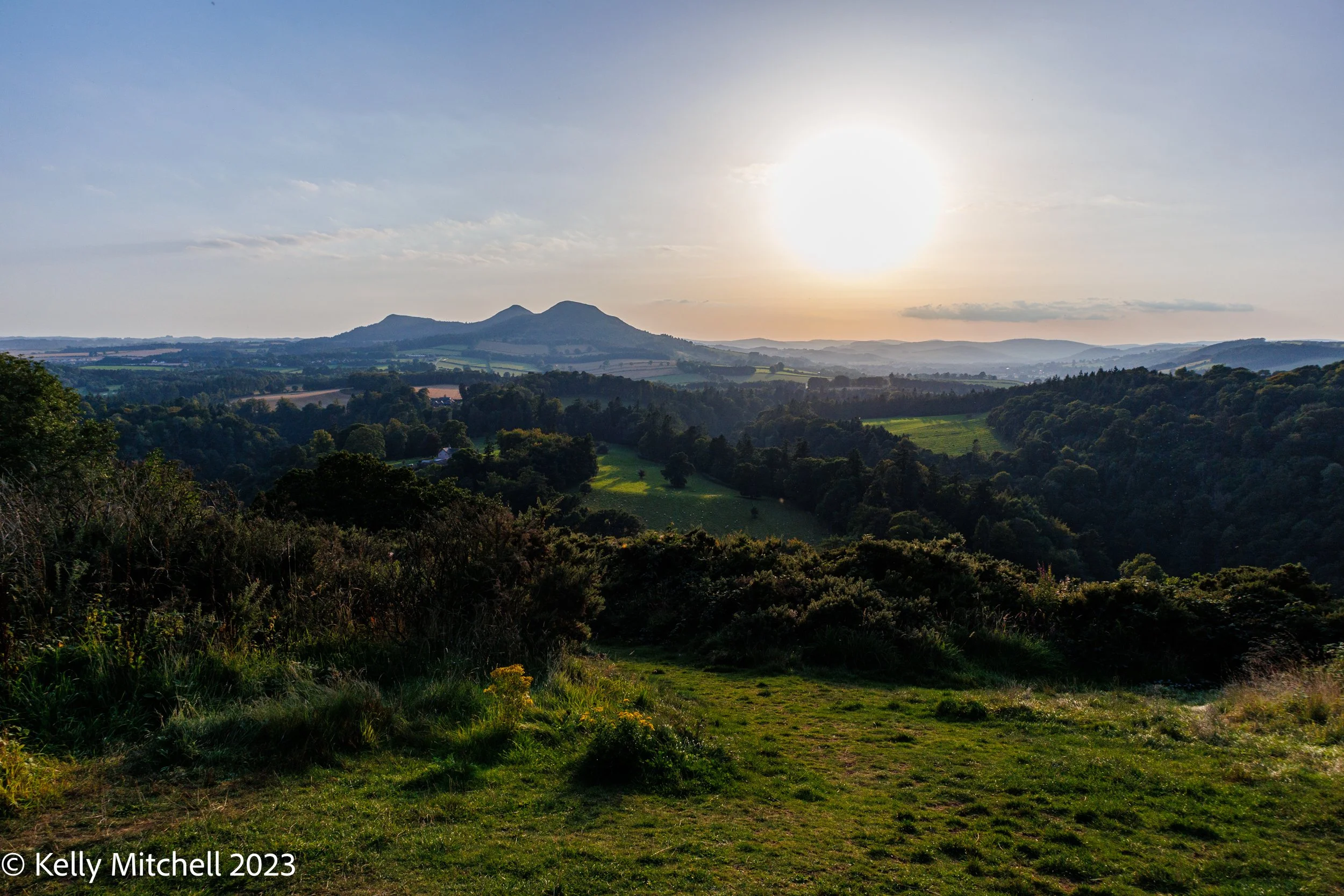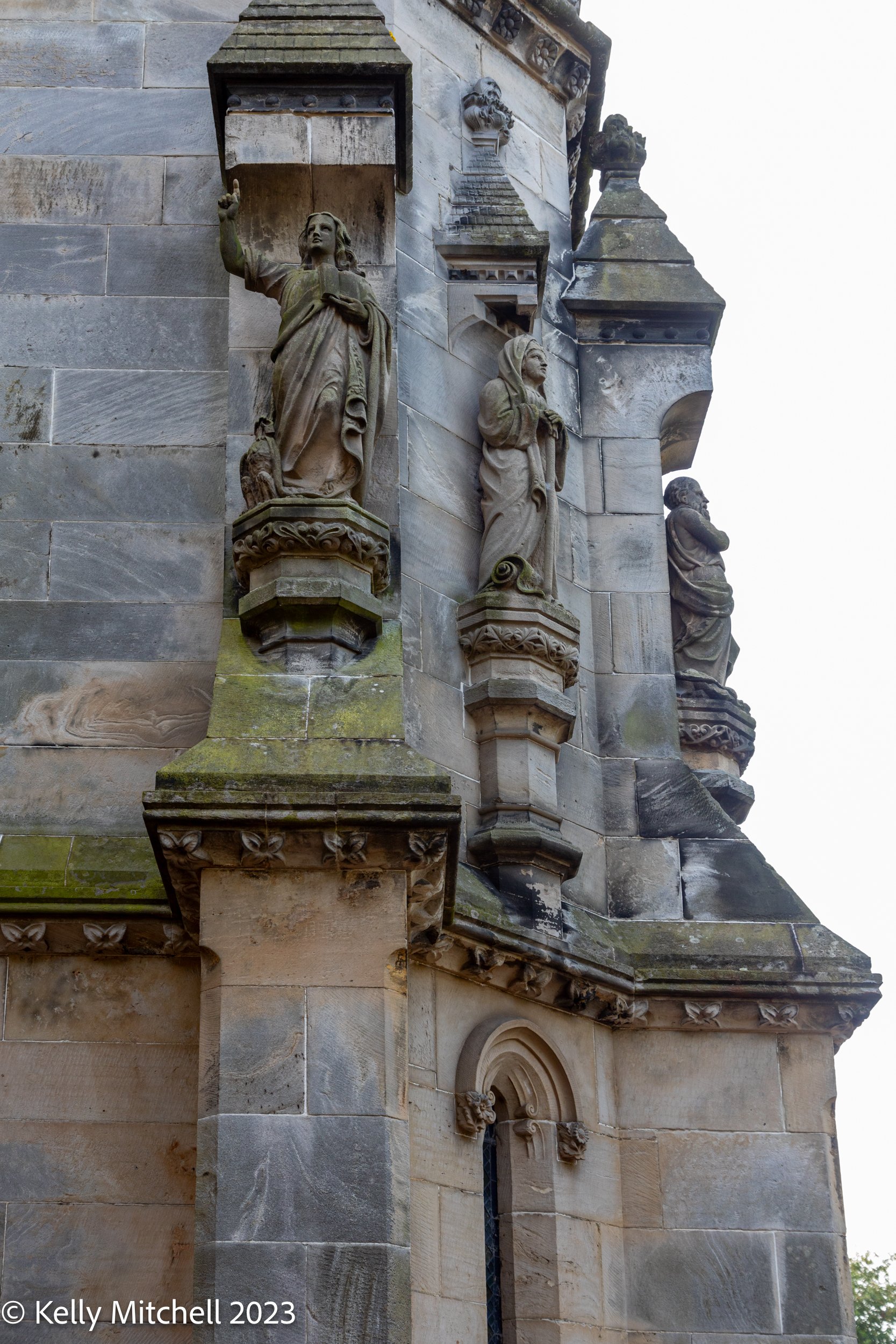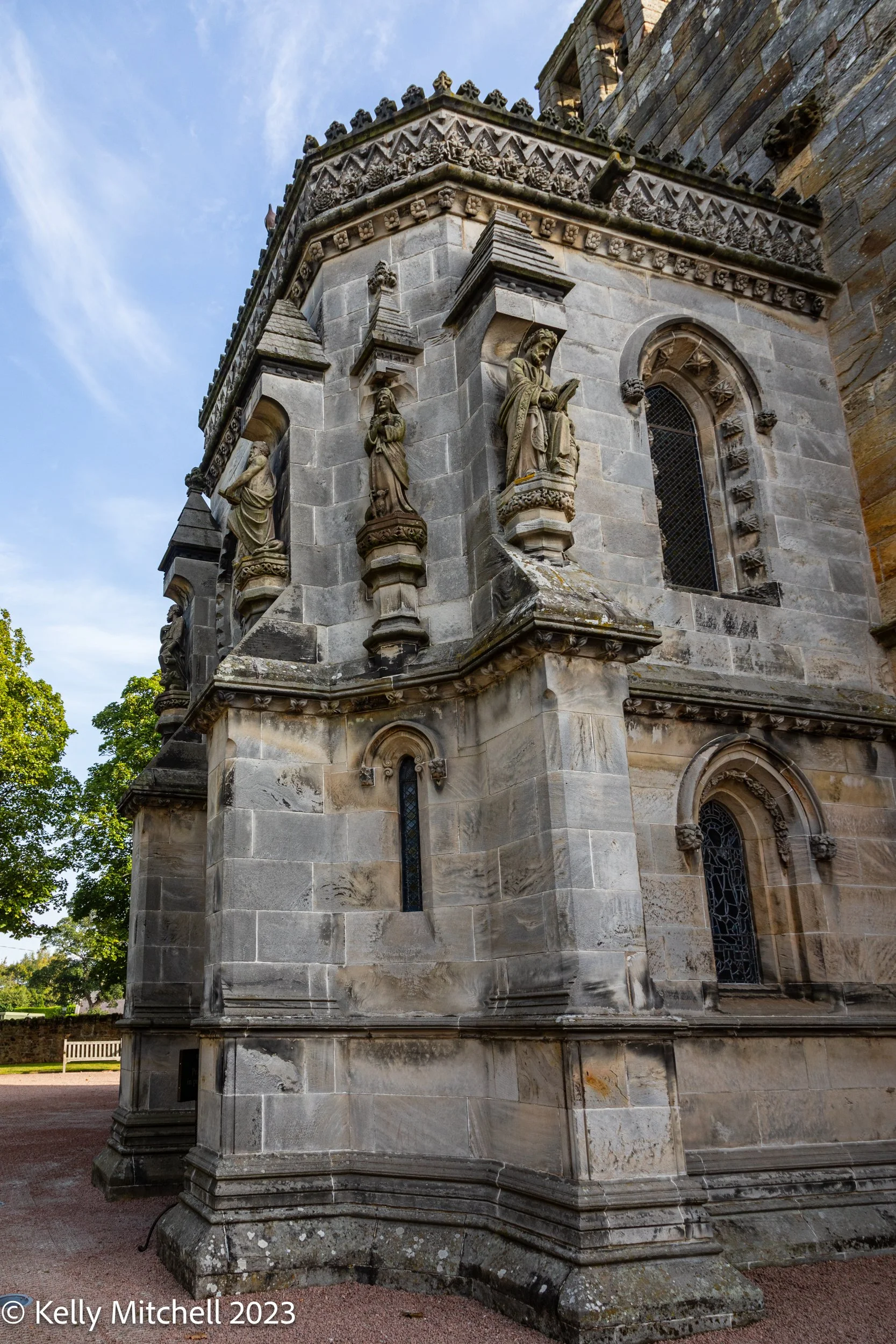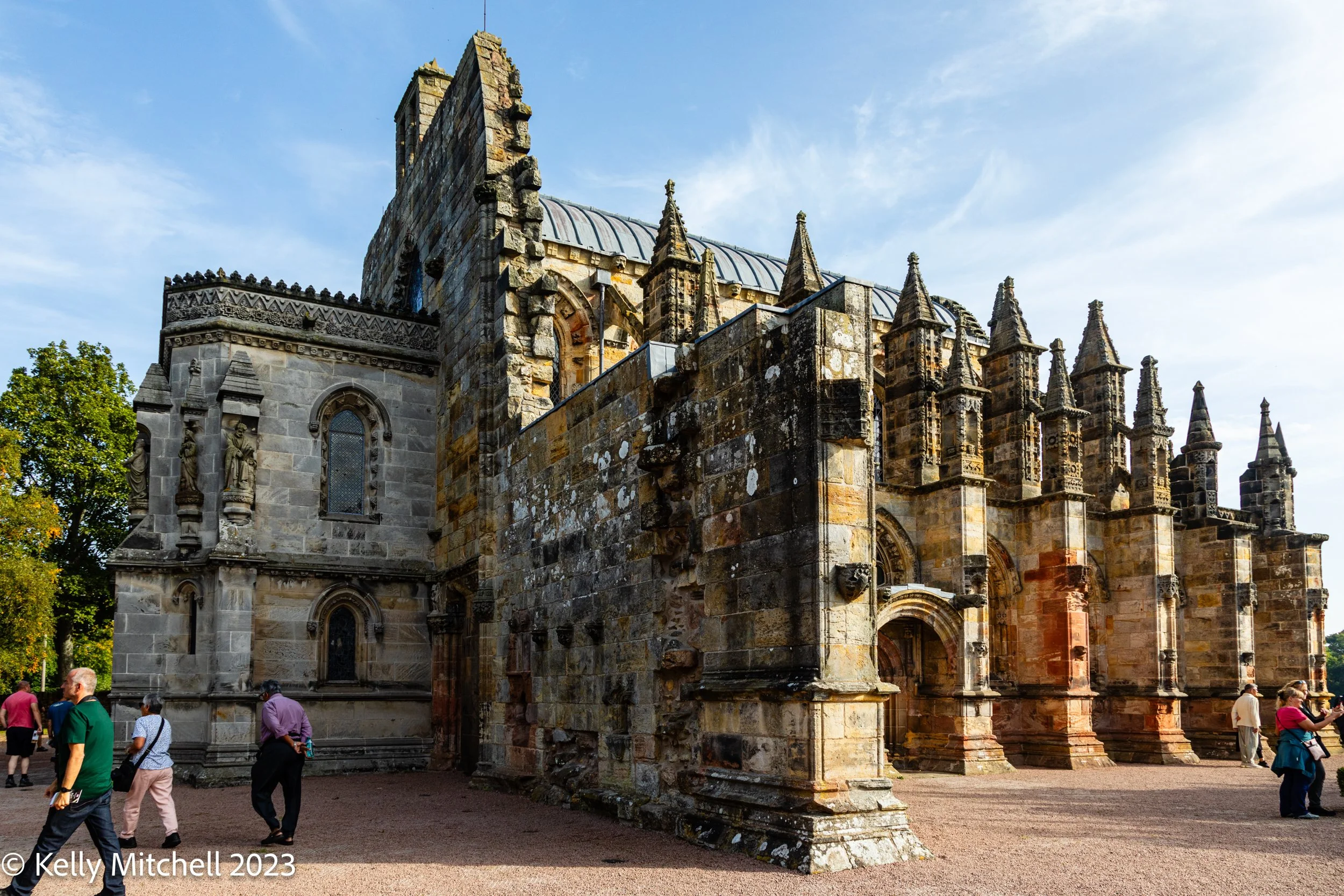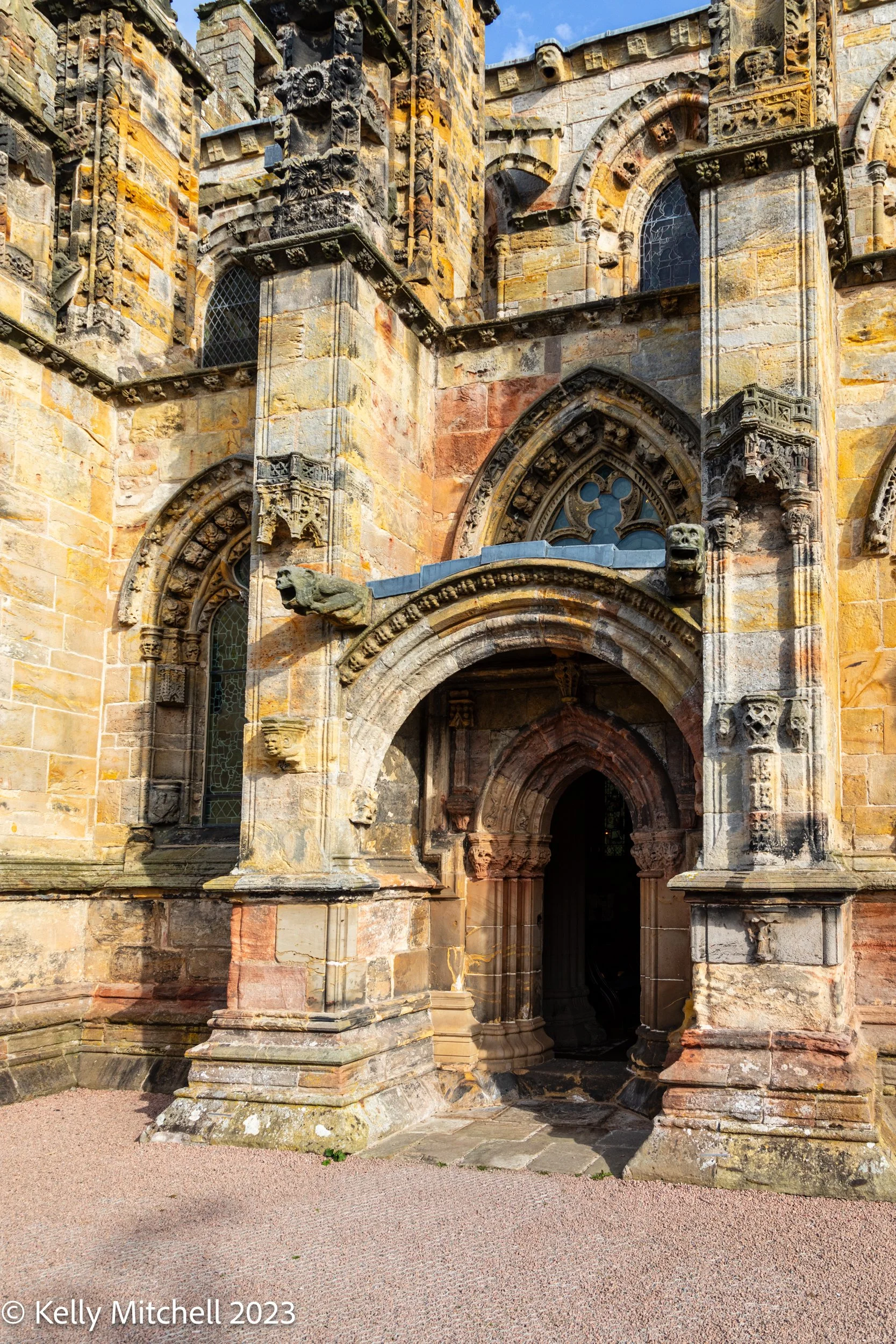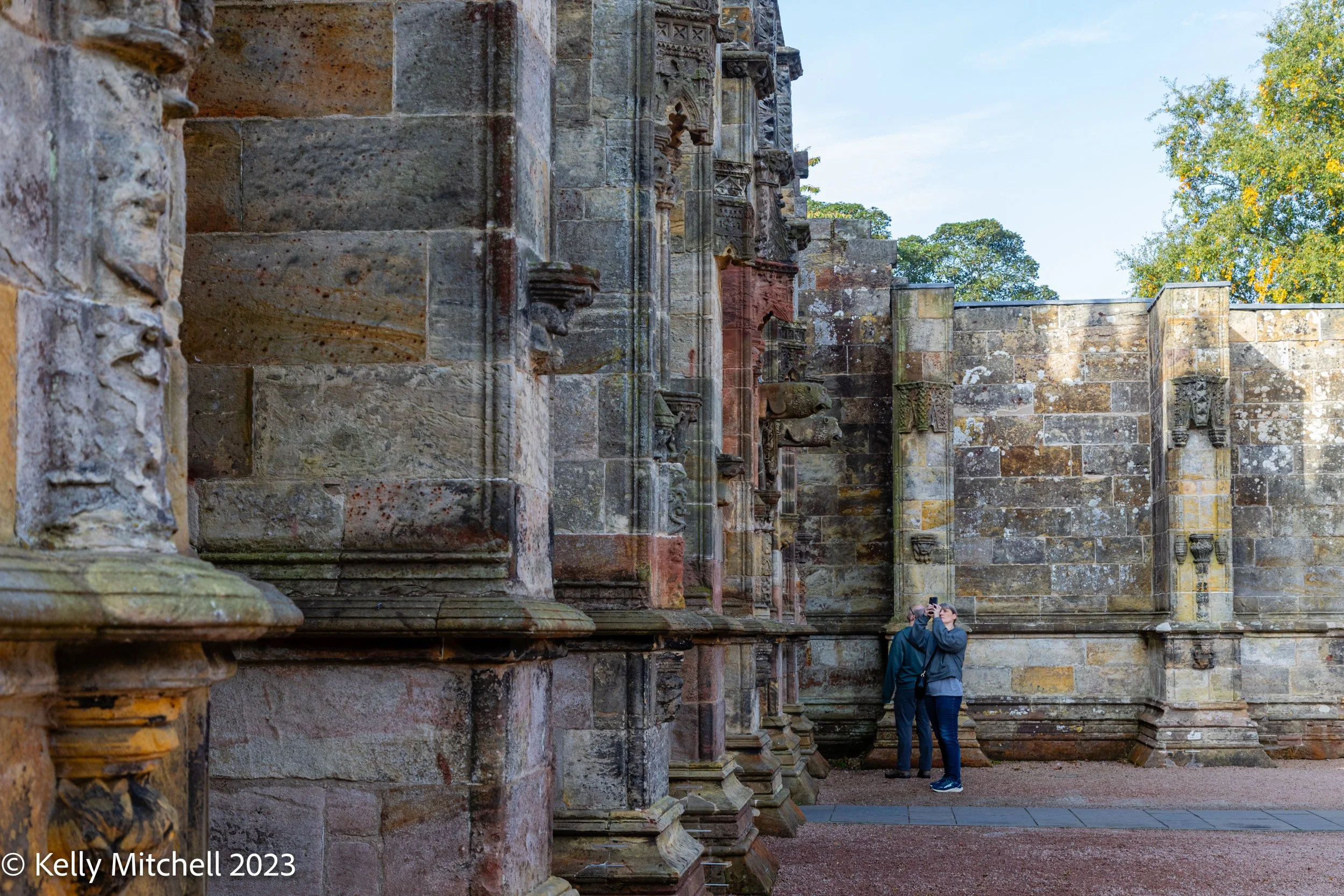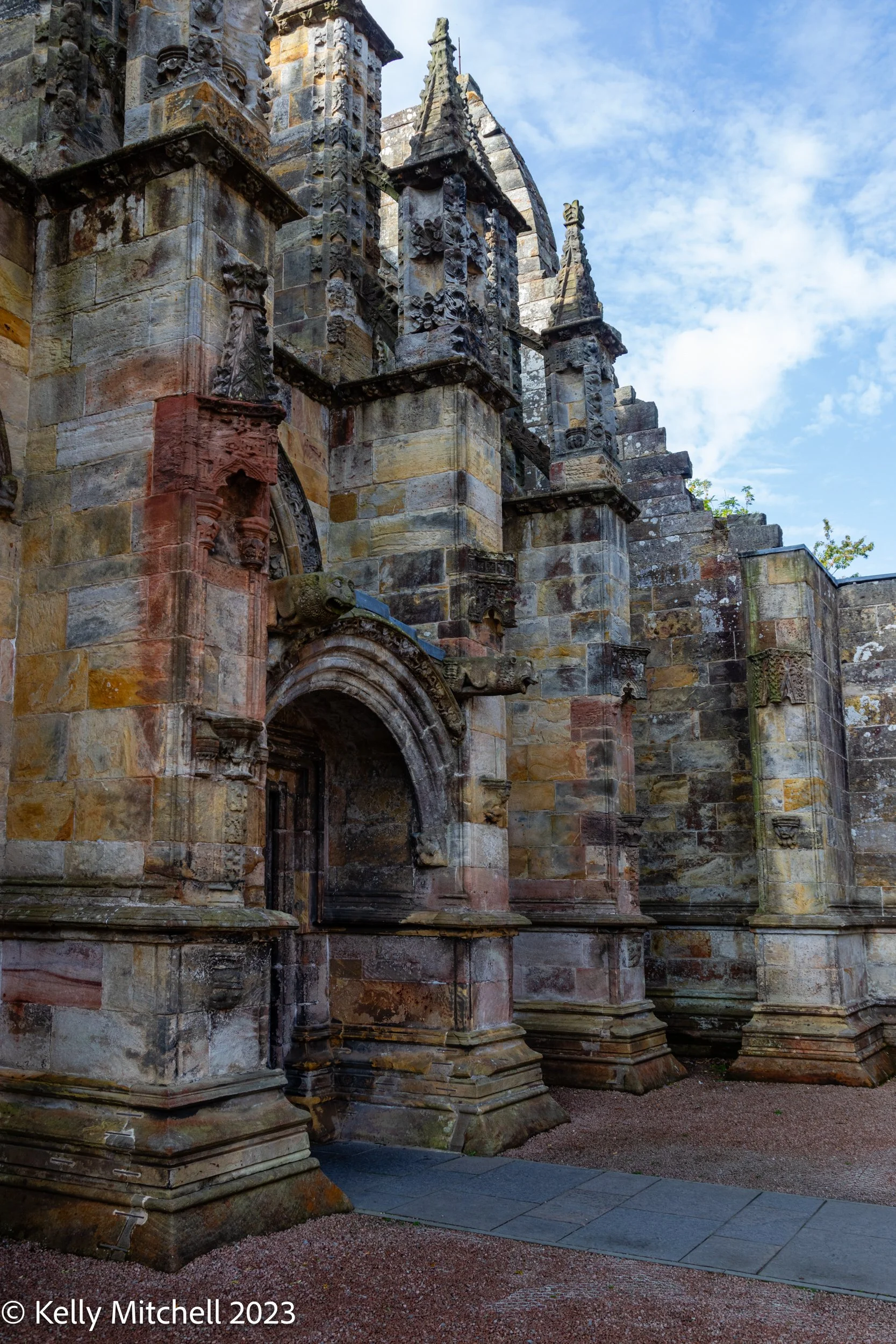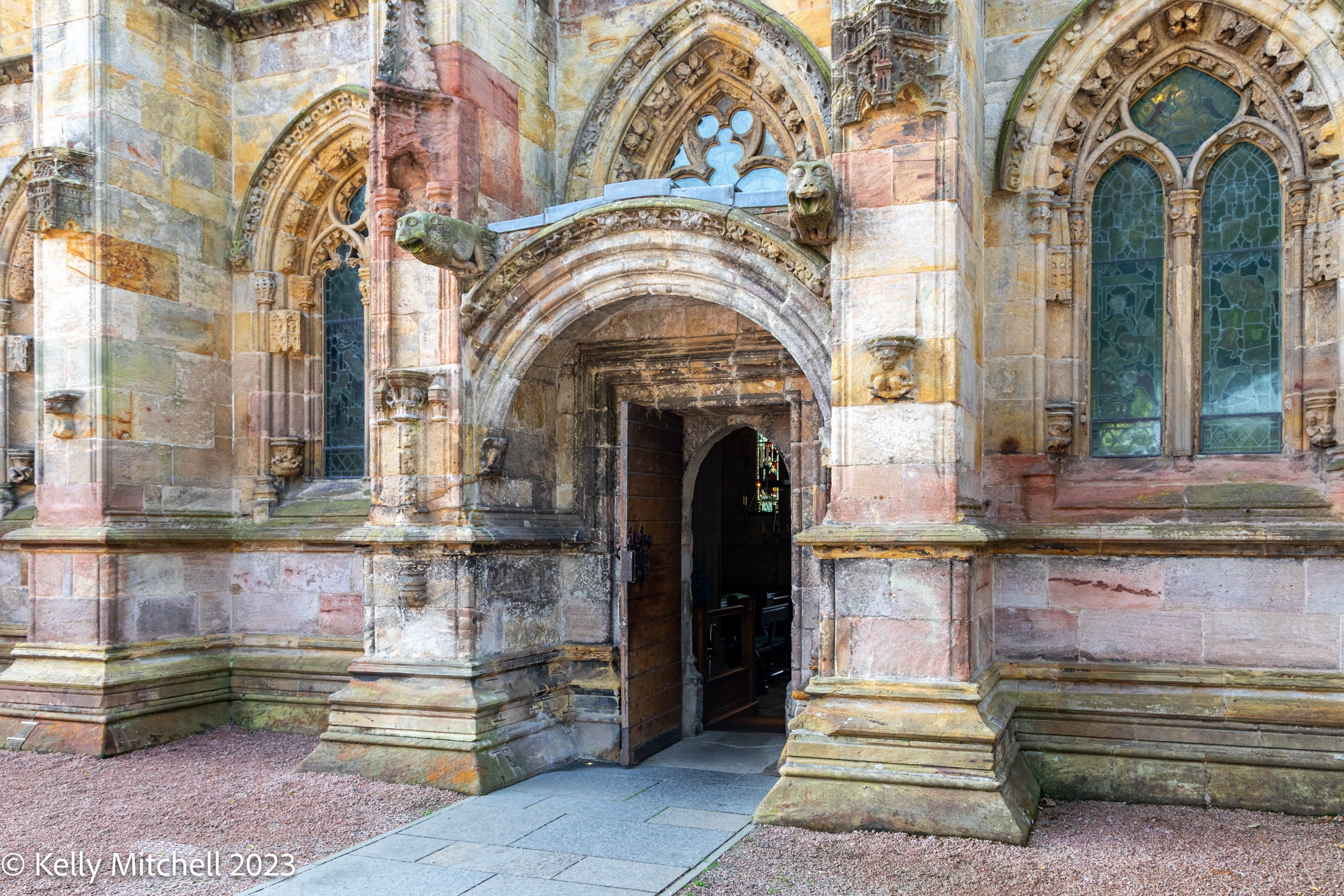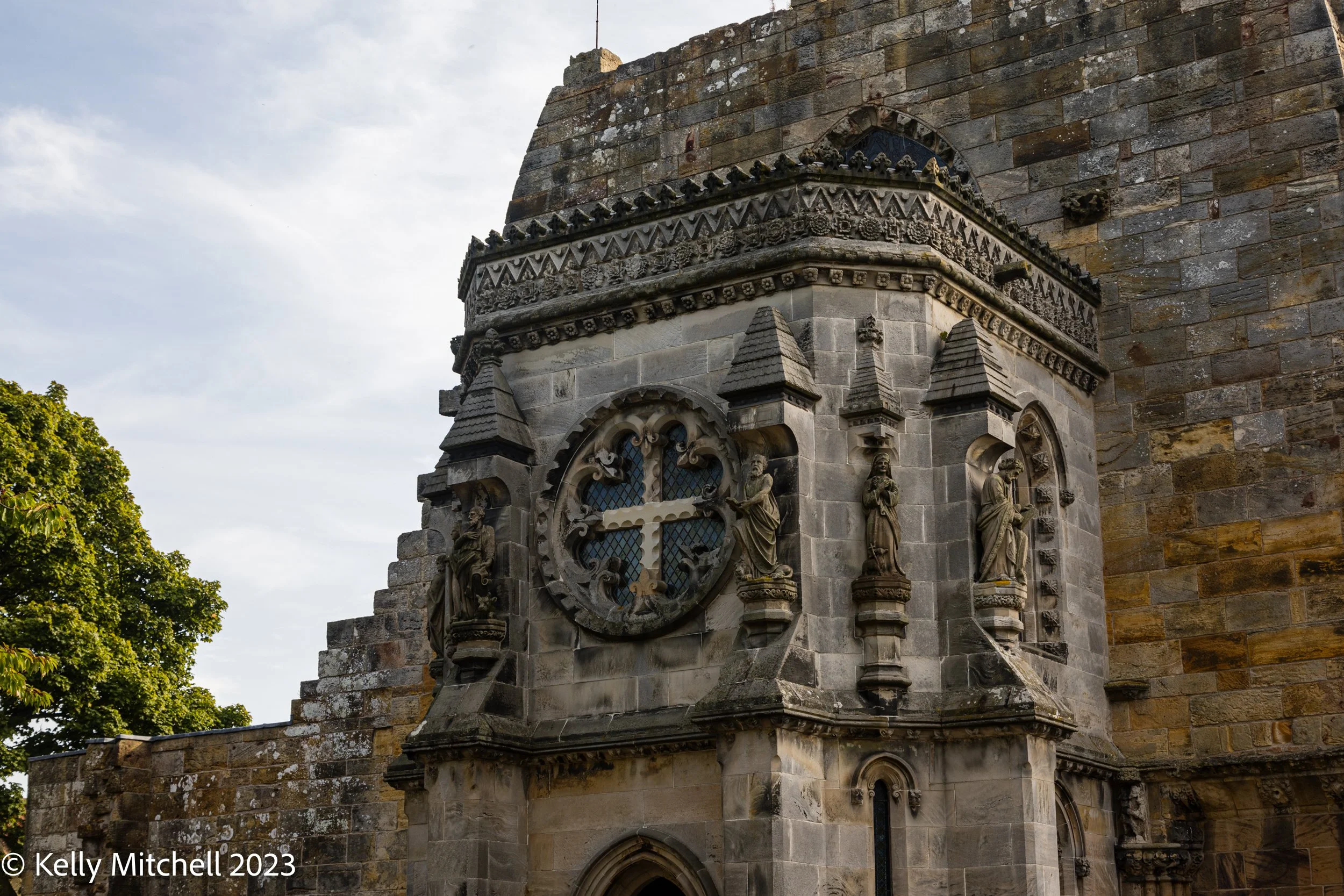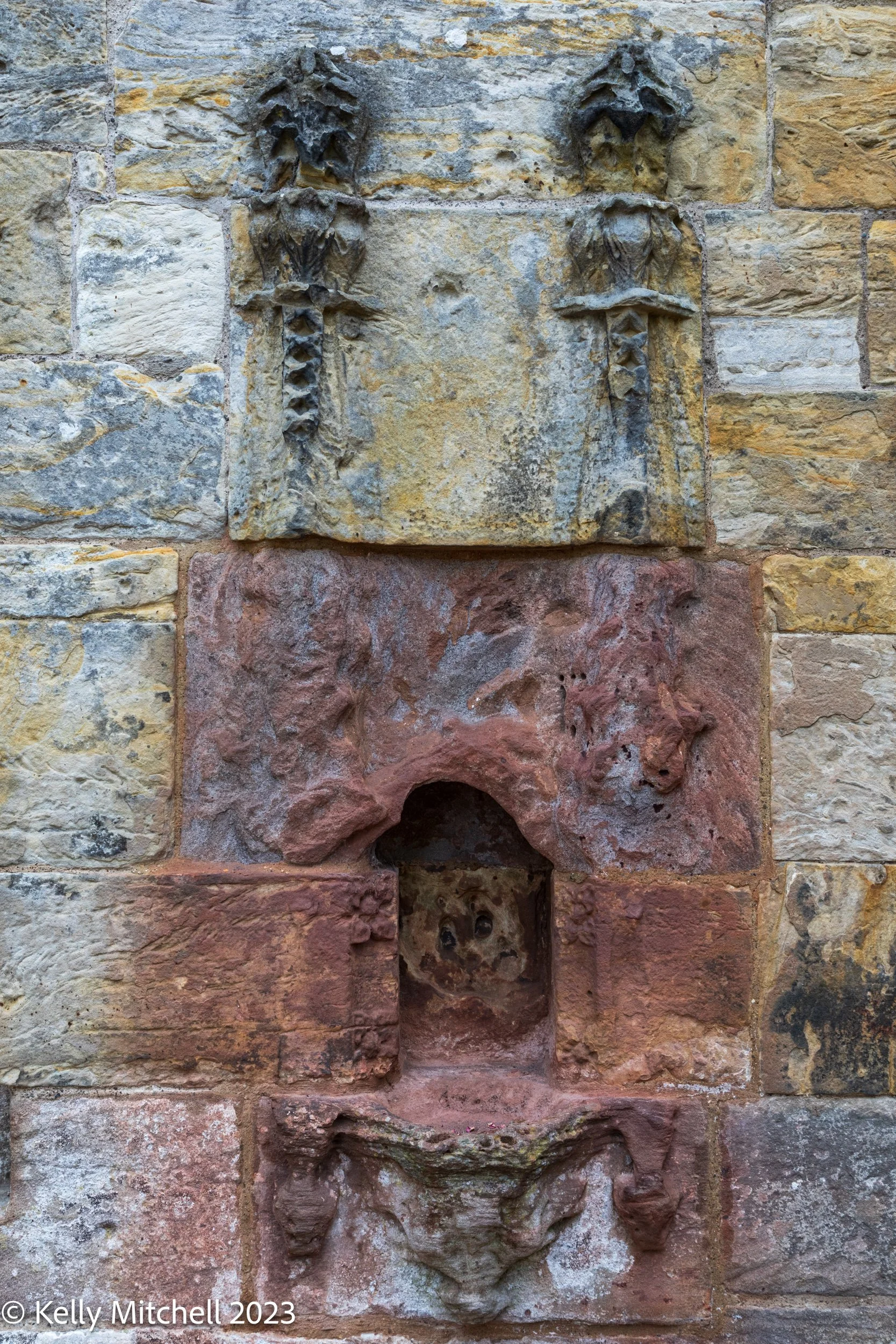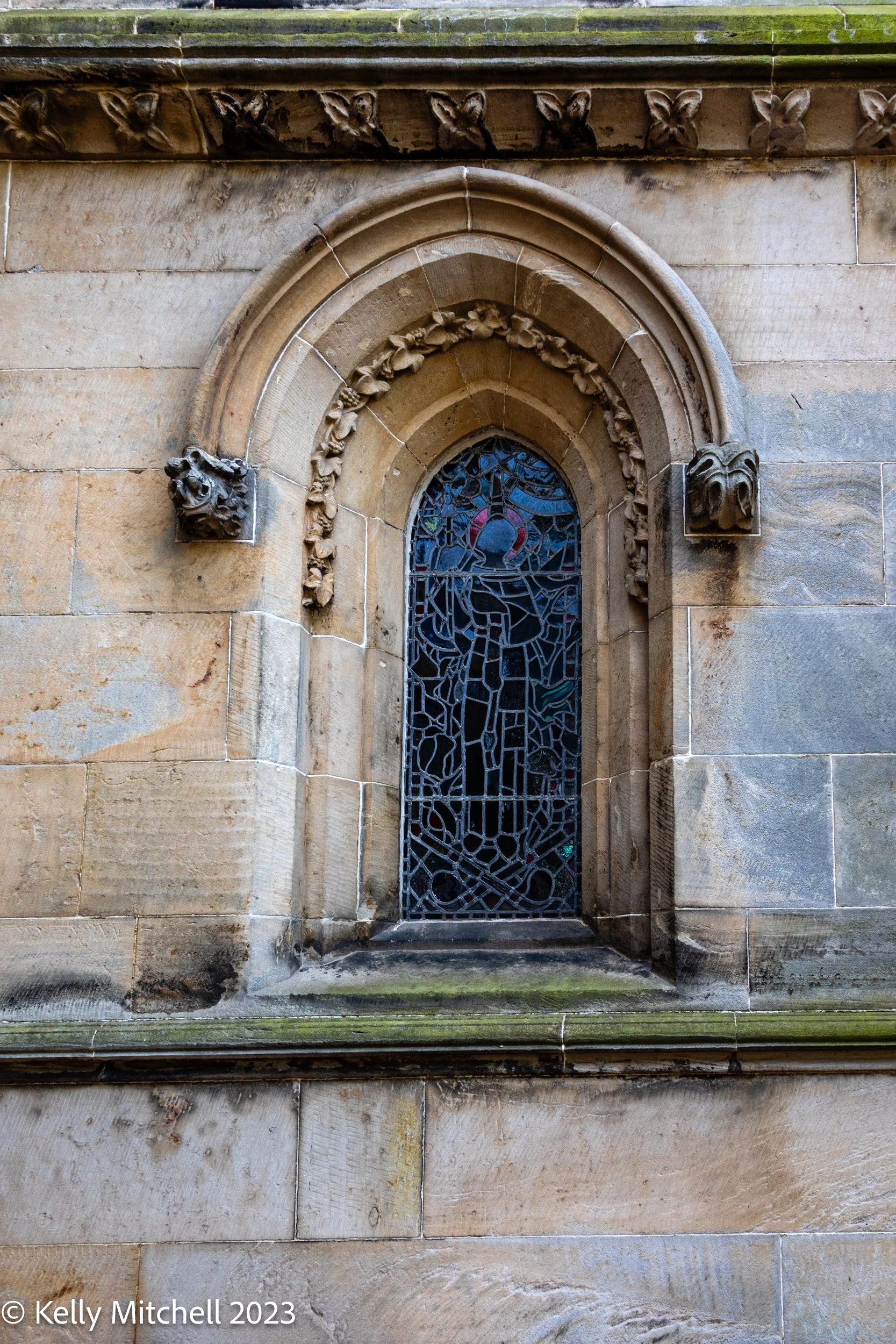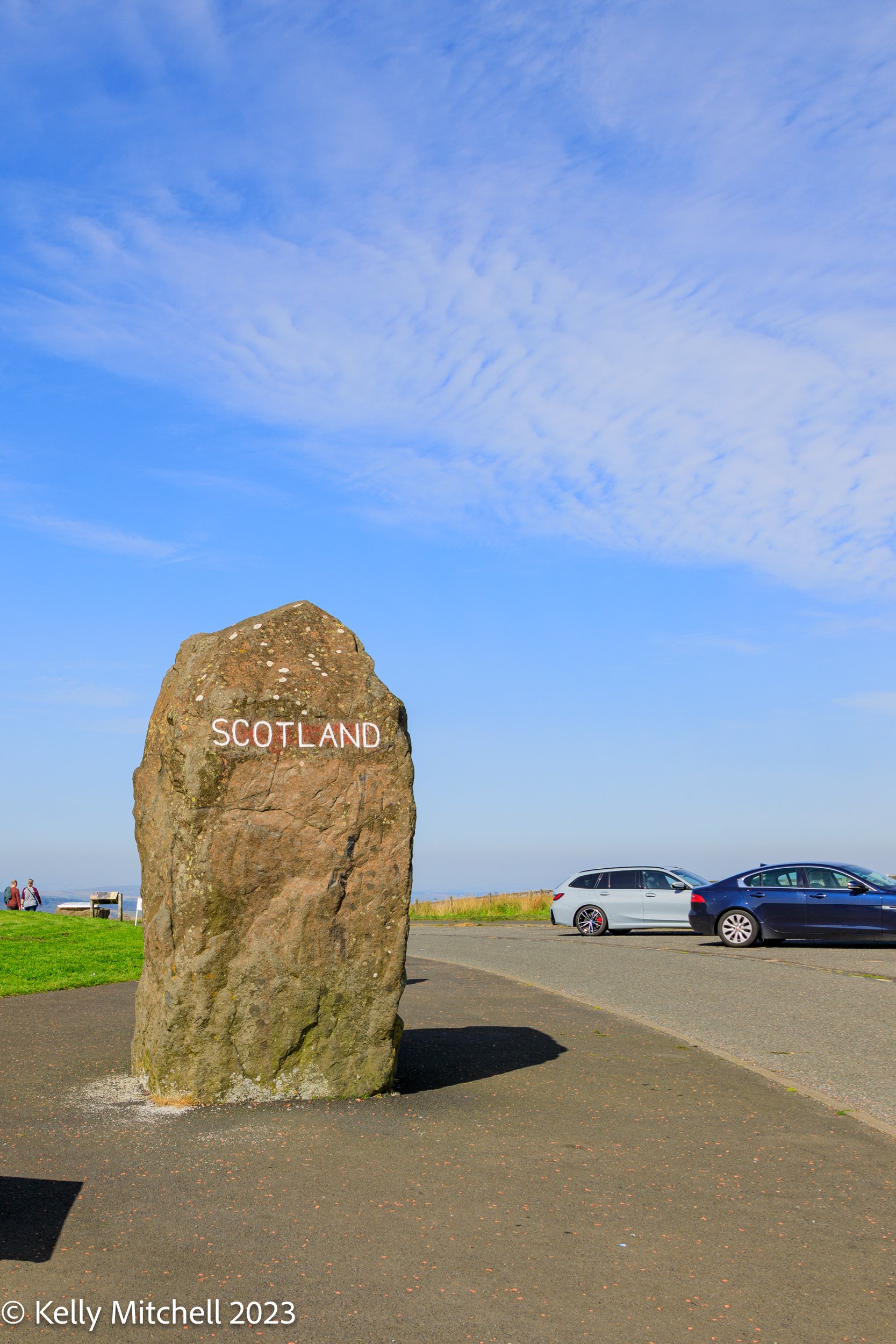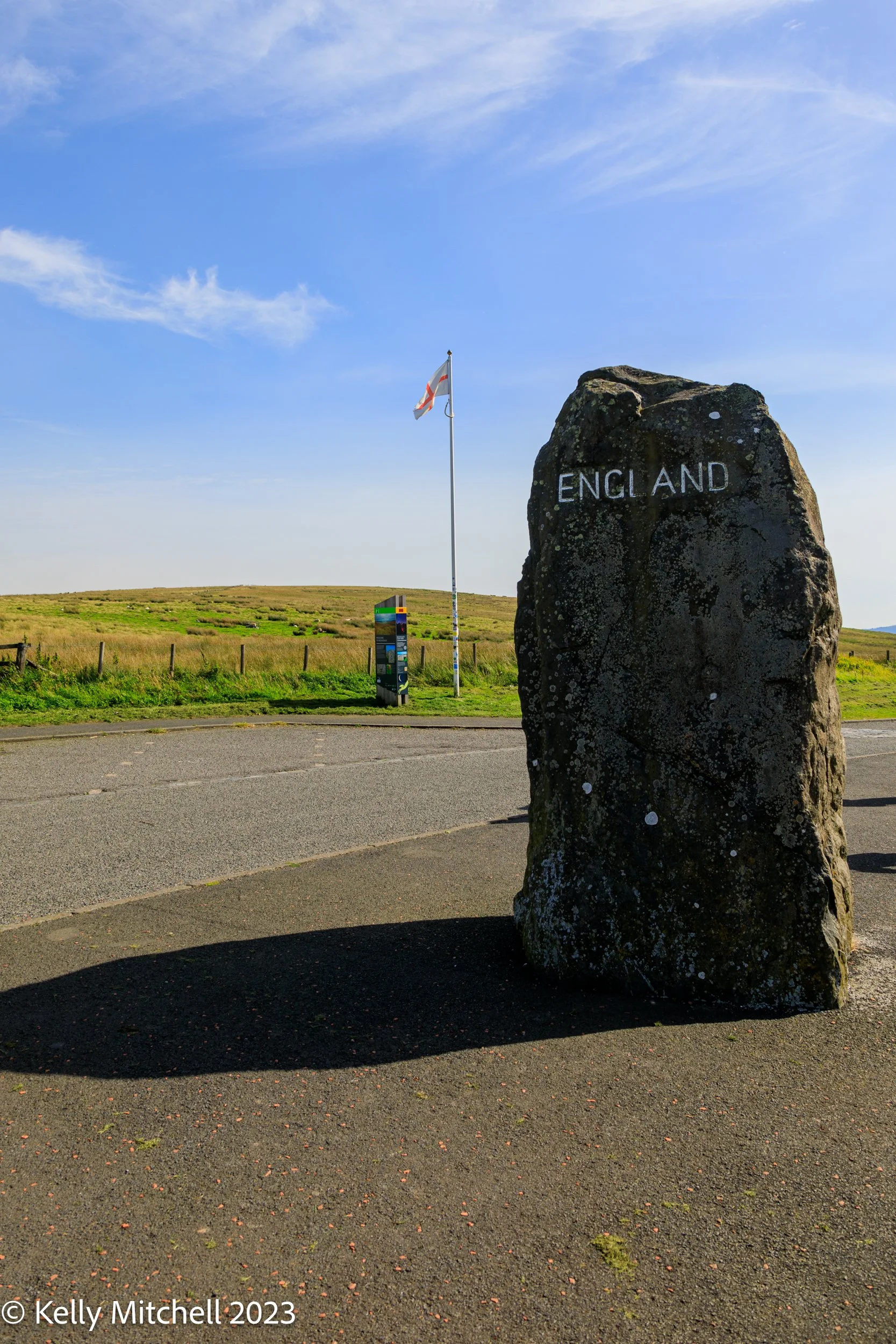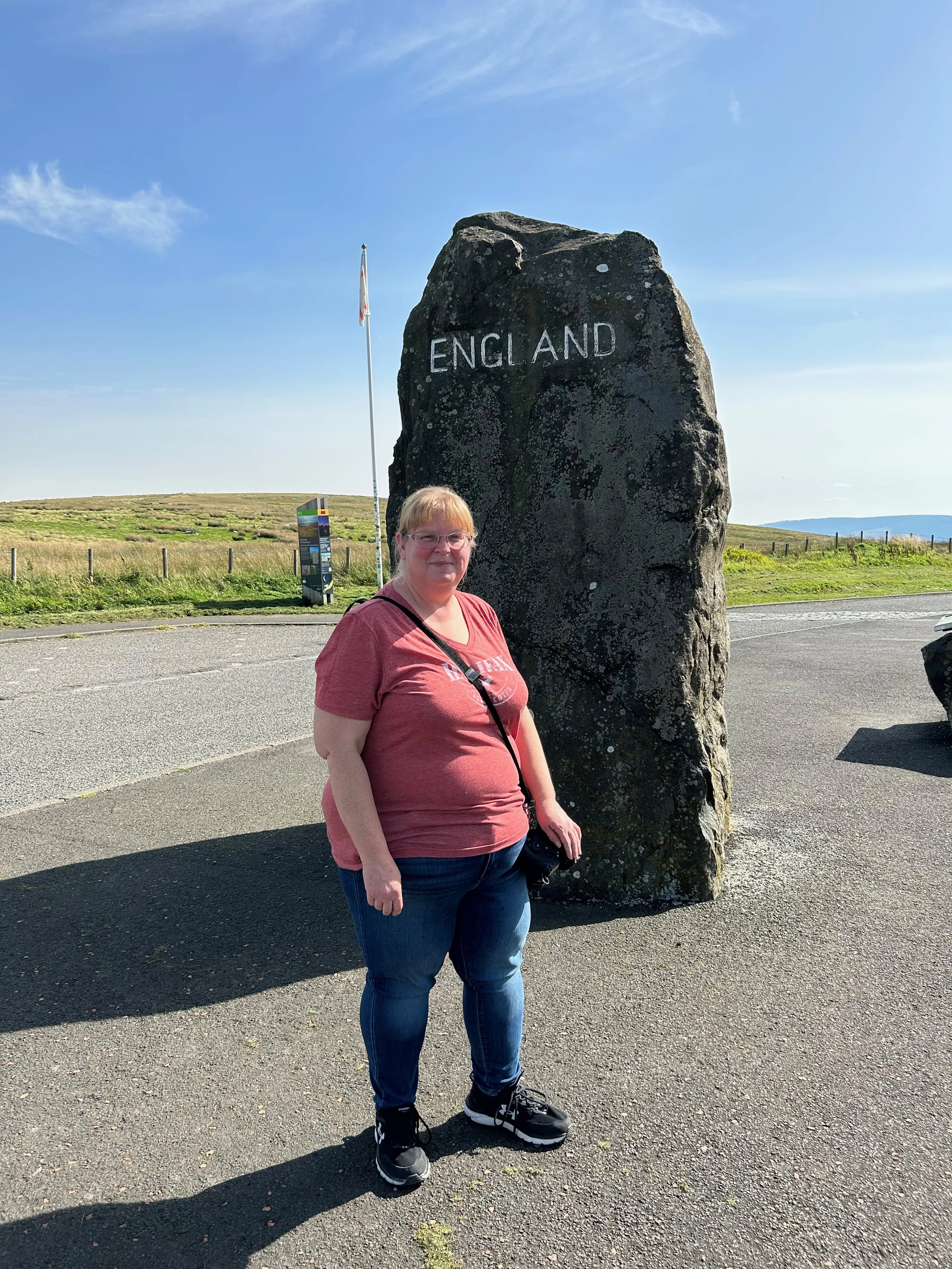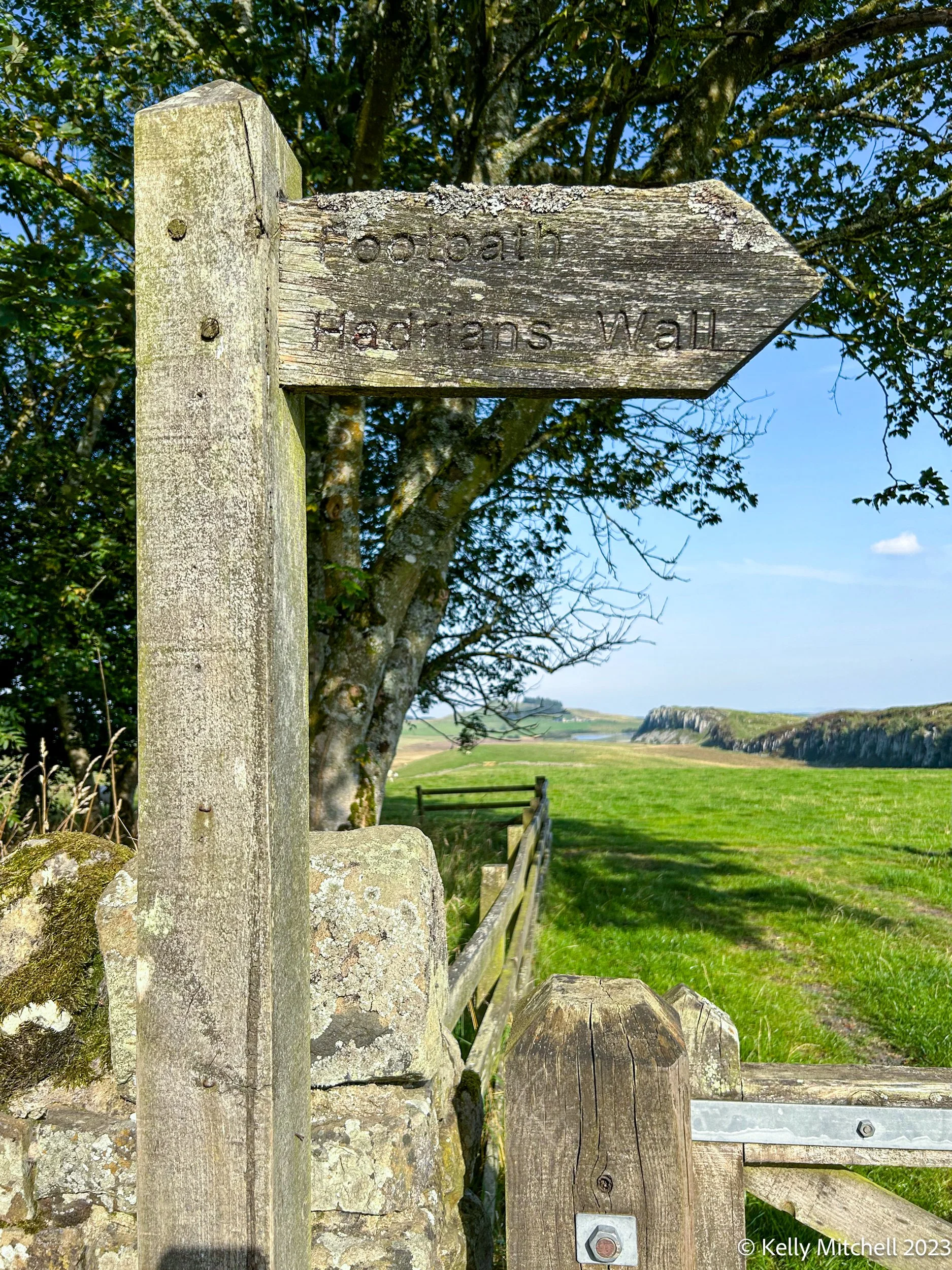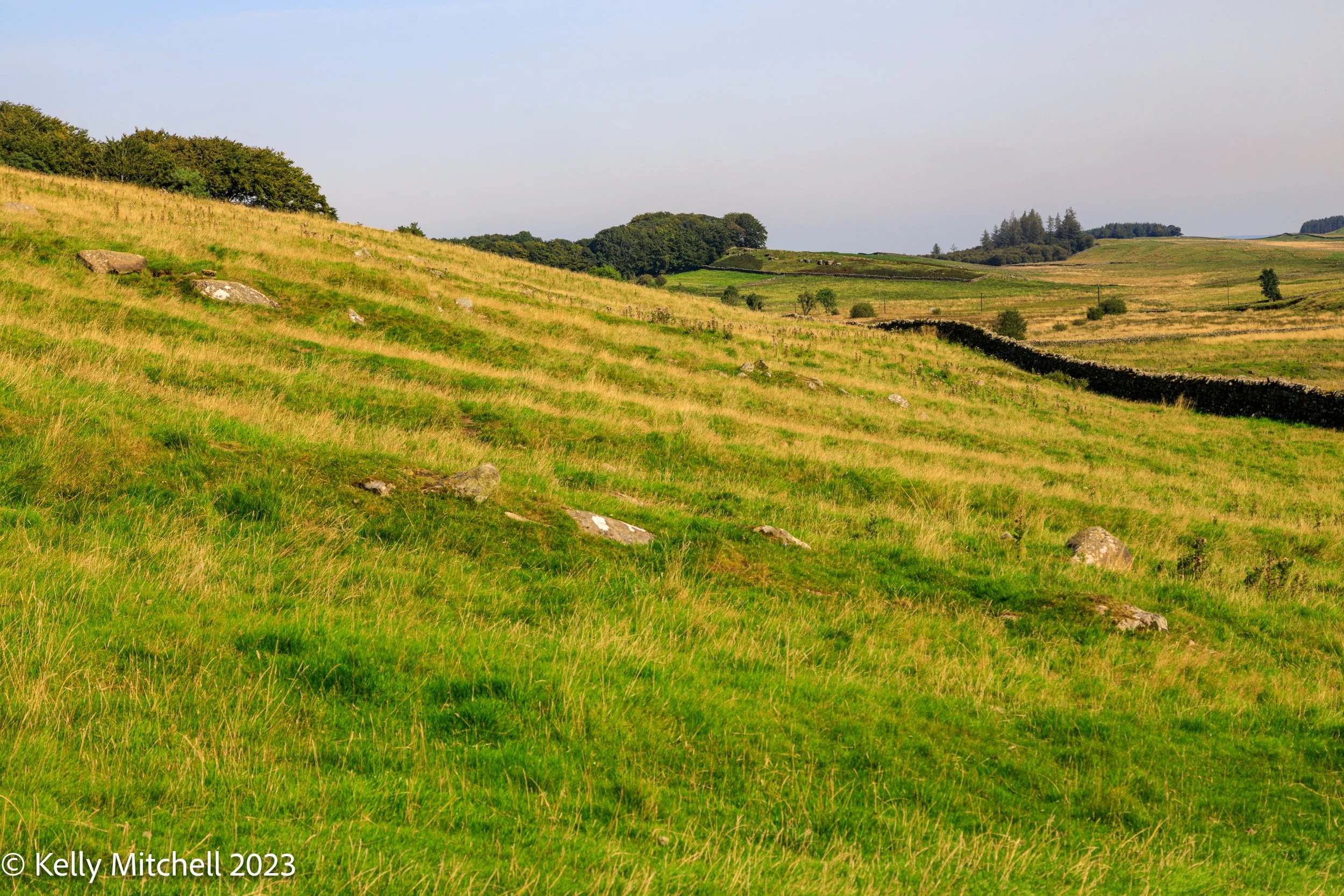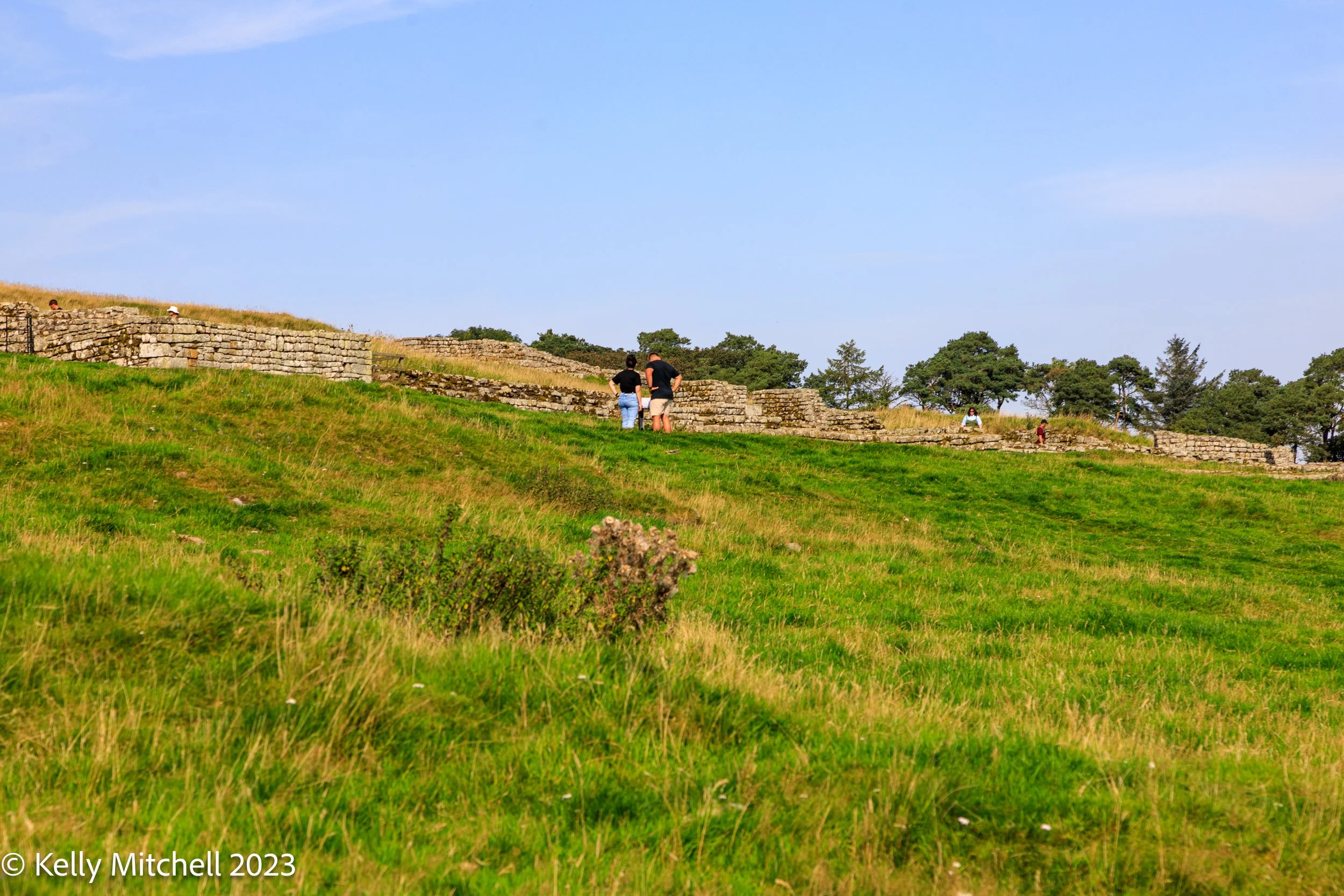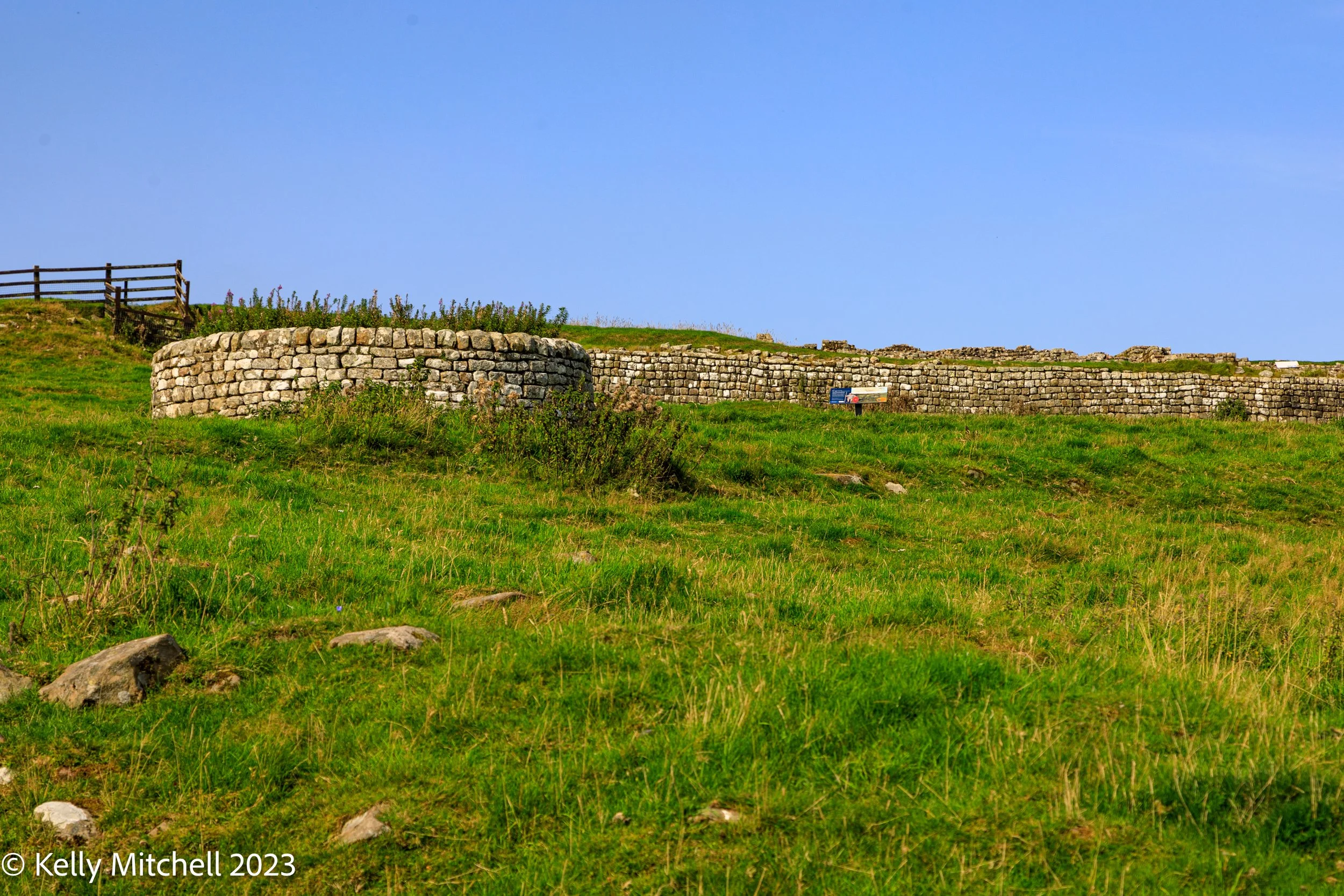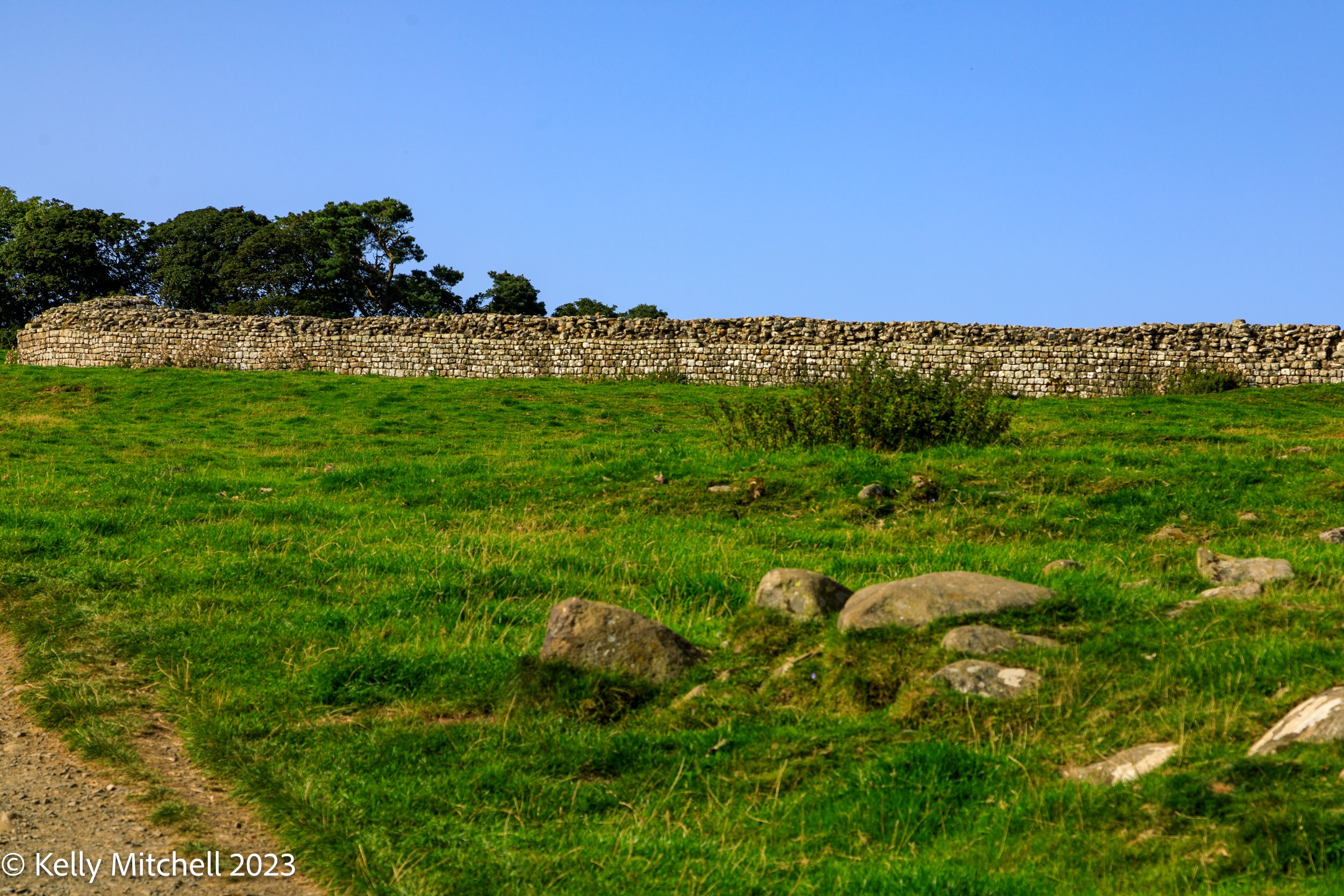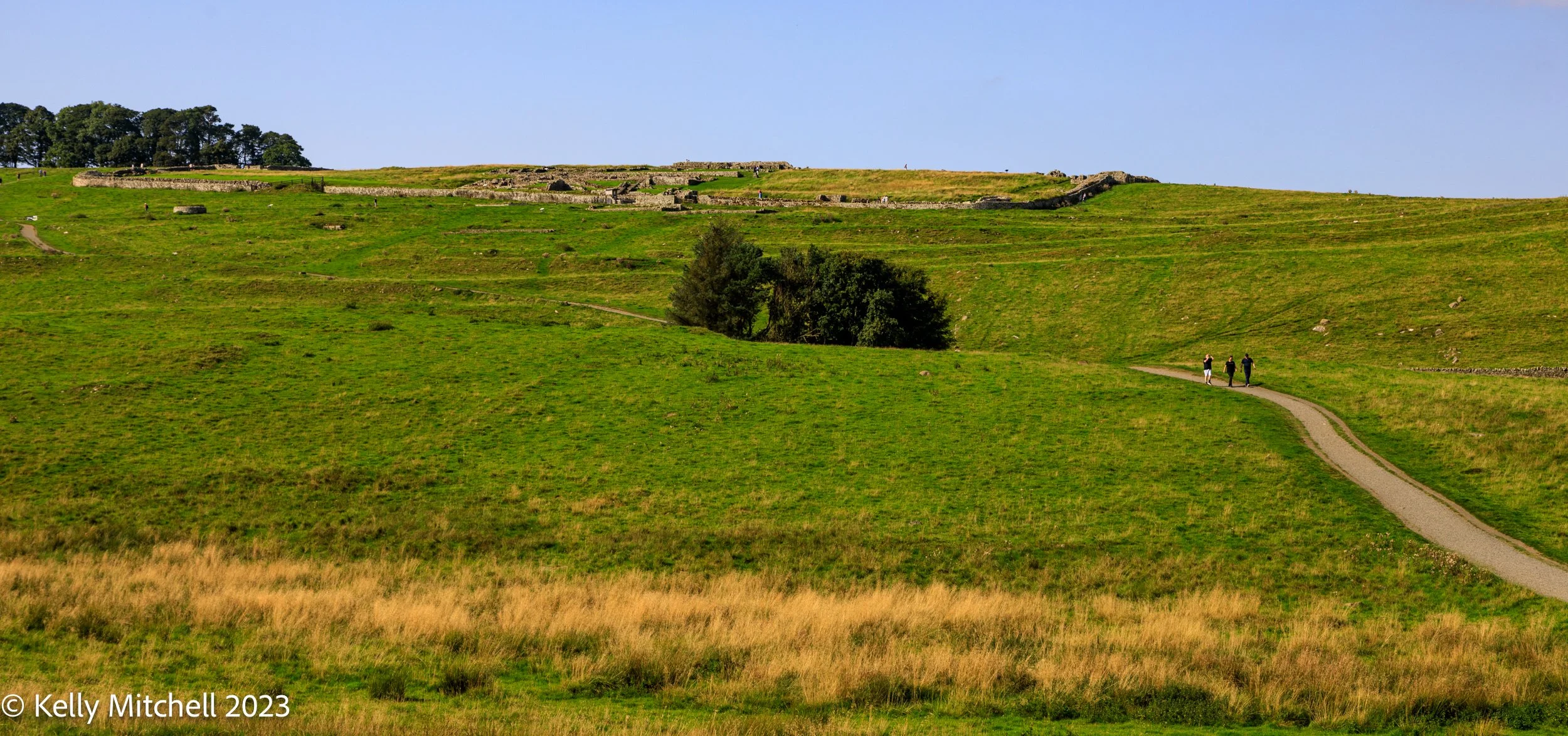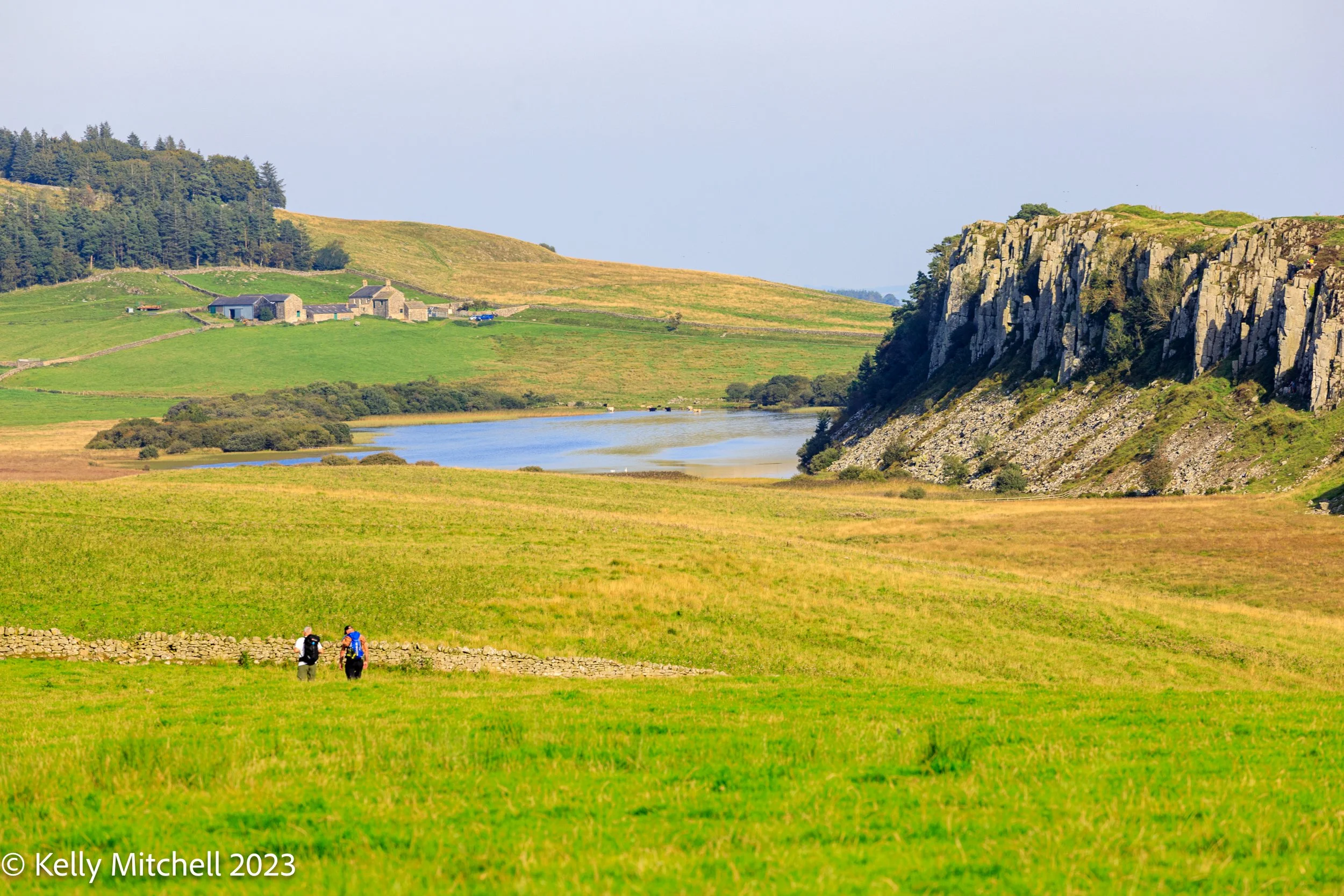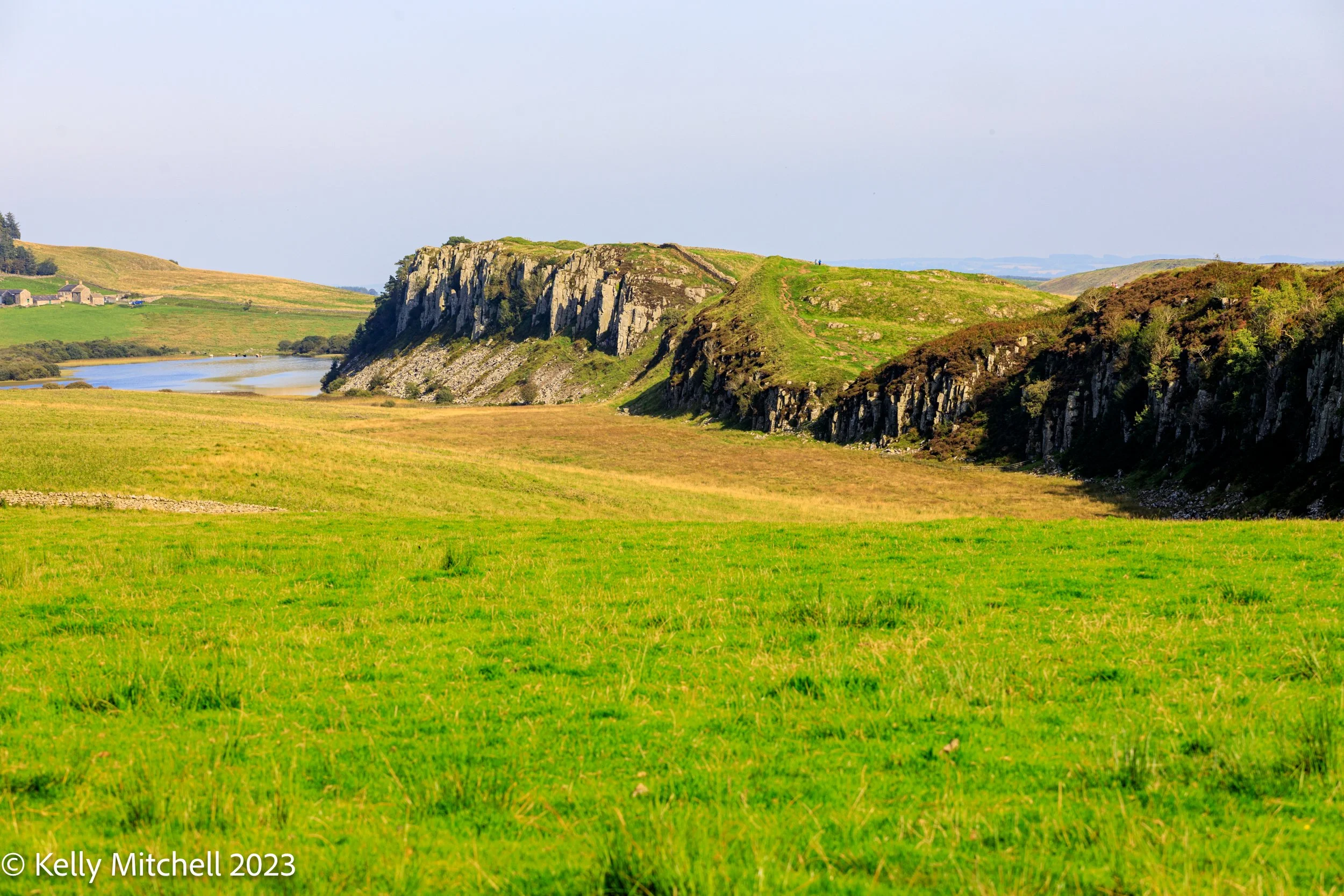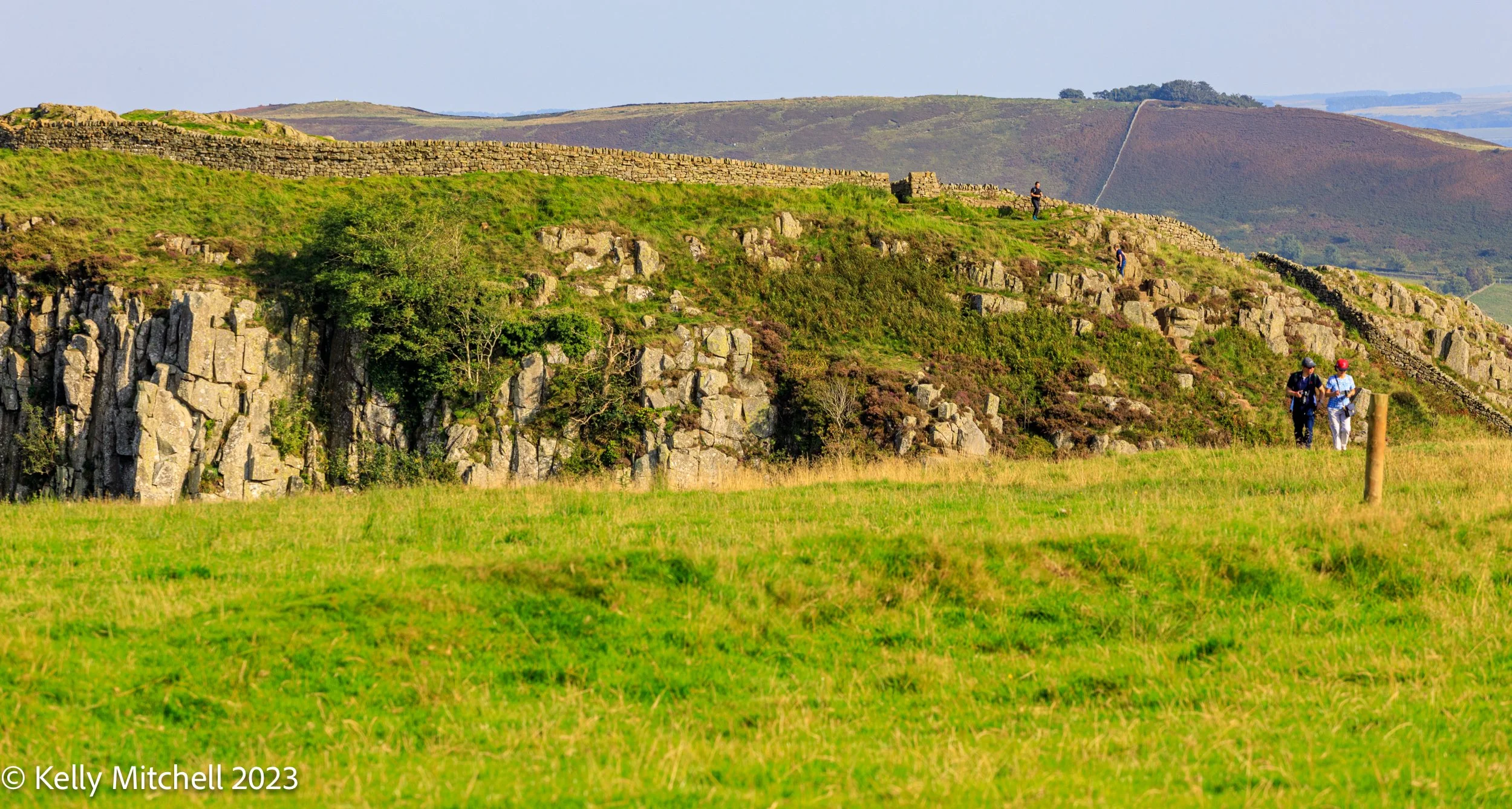SCOTLAND 2023
ROSSLYN CHAPEL & HADRIANS’ WALL
ROSSLYN CHAPEL
Your will need to turn your speakers up.
This first stop on my little day tour adventure was Rosslyn Chapel that I have wanted to see for awhile now. It is a beautiful old stone chapel and was so worth going and seeing. It is also called “The Bible in Stone” which I think is very very fitting!
Rosslyn Chapel has enjoyed a rich, and sometimes turbulent, history. Founded in 1446 as a family chapel, the building was incomplete when the founder, Sir William St Clair, died in 1484. His son, Sir Oliver St Clair, roofed the choir with its stone vault but did not complete his father’s original design.
Following the Reformation, the Chapel fell into disrepair and, in 1650, Cromwell’s troops attacked Rosslyn Castle and stabled their horses inside the Chapel.
Following a period of Victorian repair and restoration, the Chapel was rededicated in 1862 and weekly services began again.
THE TOWN OF MELROSE
Second stop was in the pretty little town of Melrose which was a stop for a bit to eat and a wander through the town. There was the opportunity to go into the Abbey but I didn’t have enough time to do so. However, I did get a couple of photos from the outside.
Melrose is an ancient settlement on the south side of the River Tweed. The Eildon Hills a mile to the south were an important base of the Votadini tribe in the Iron Age. The remains of a huge hill fort around the top of the most easterly of the Eildons acts as a reminder as their presence: while on their north-eastern flank is the Rhymer's Stone, commemorating the location of the fabled Eildon Tree.
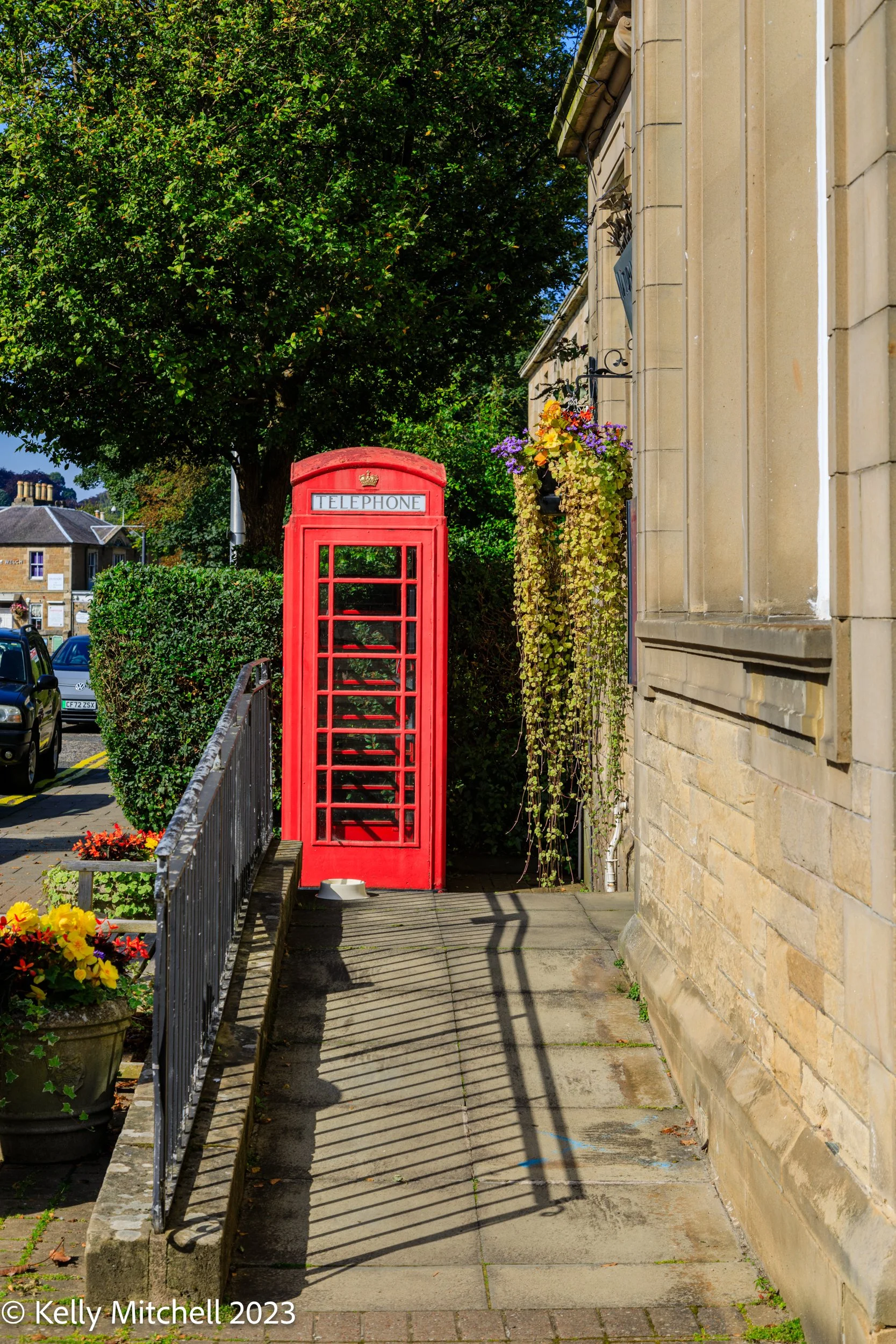
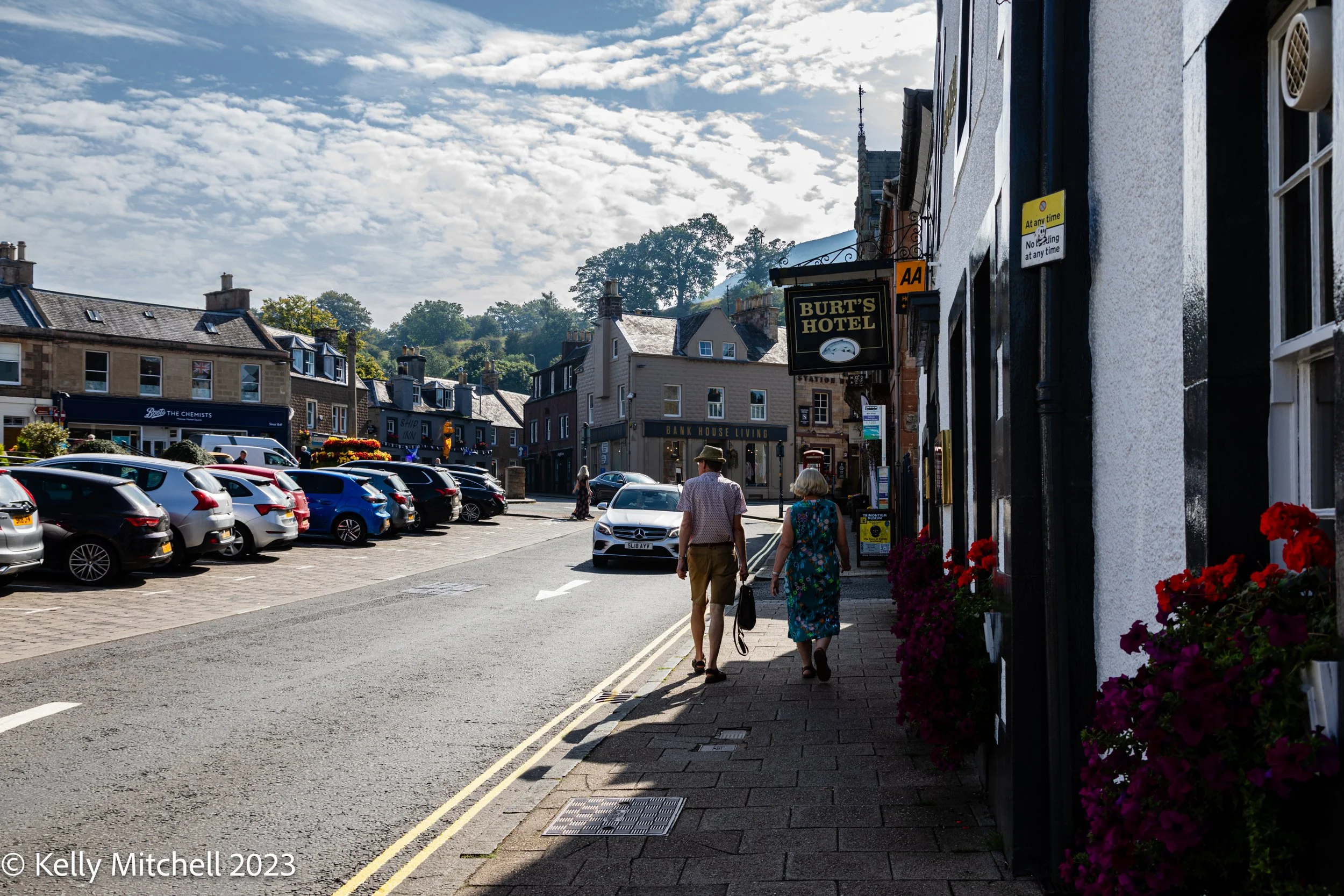
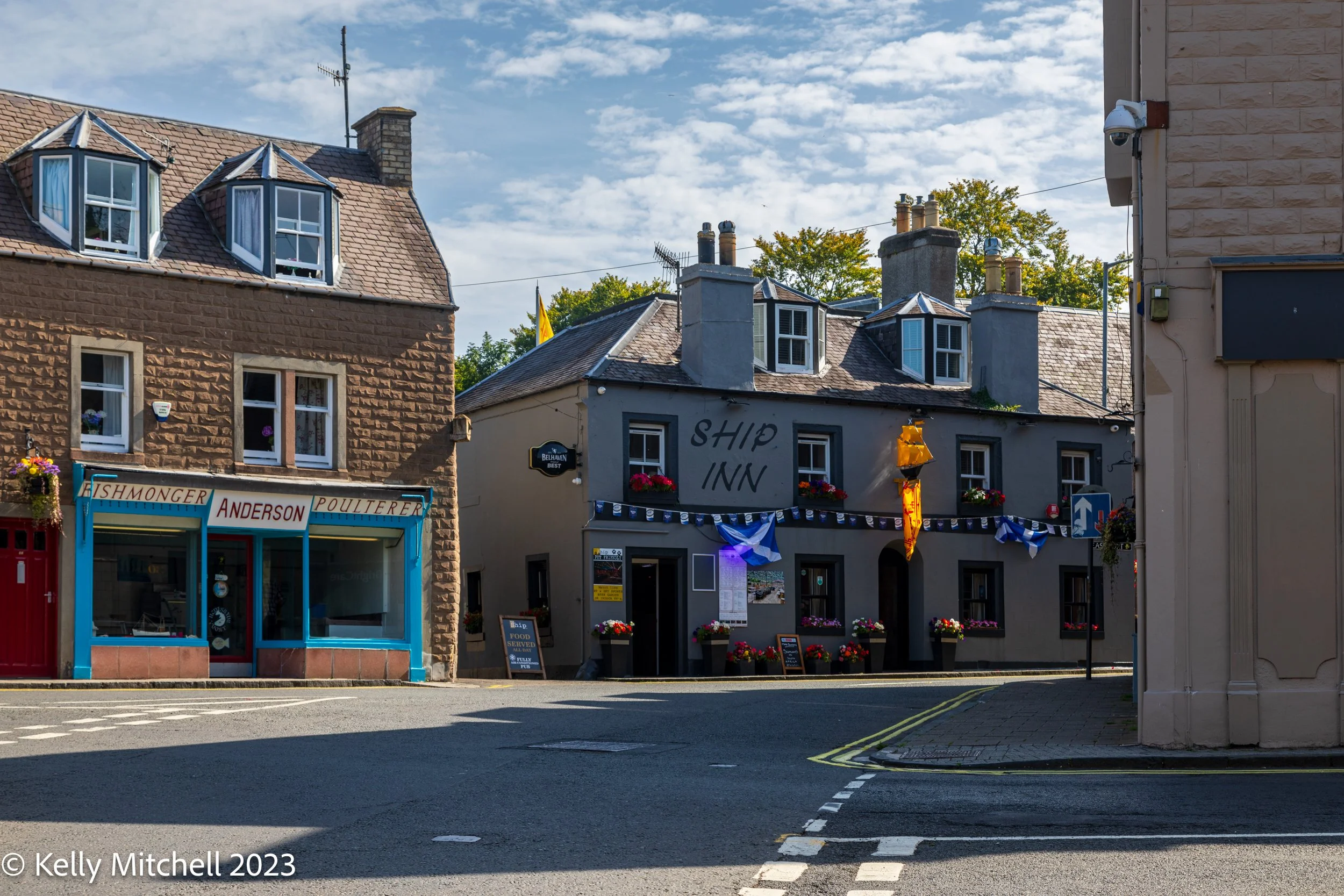




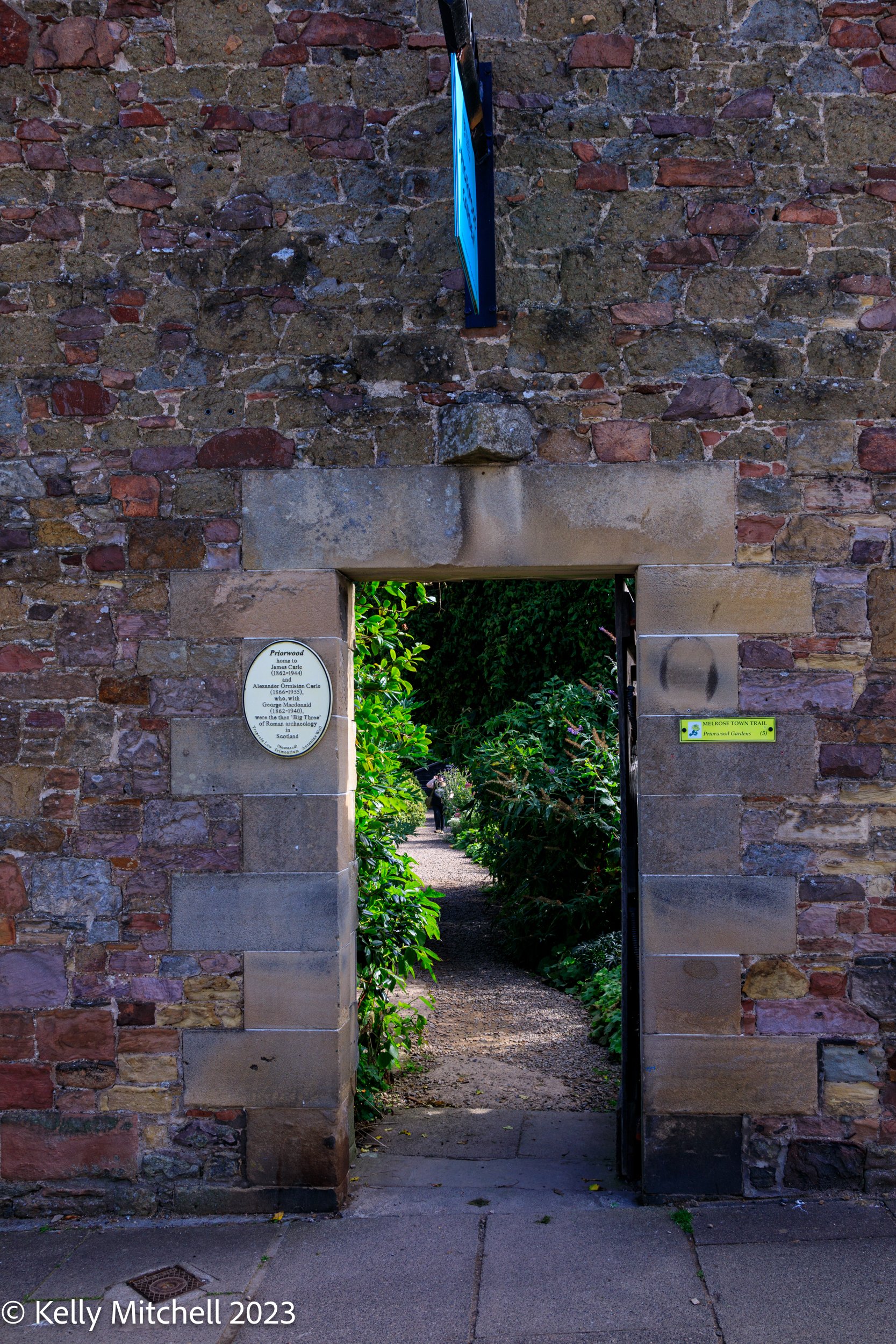
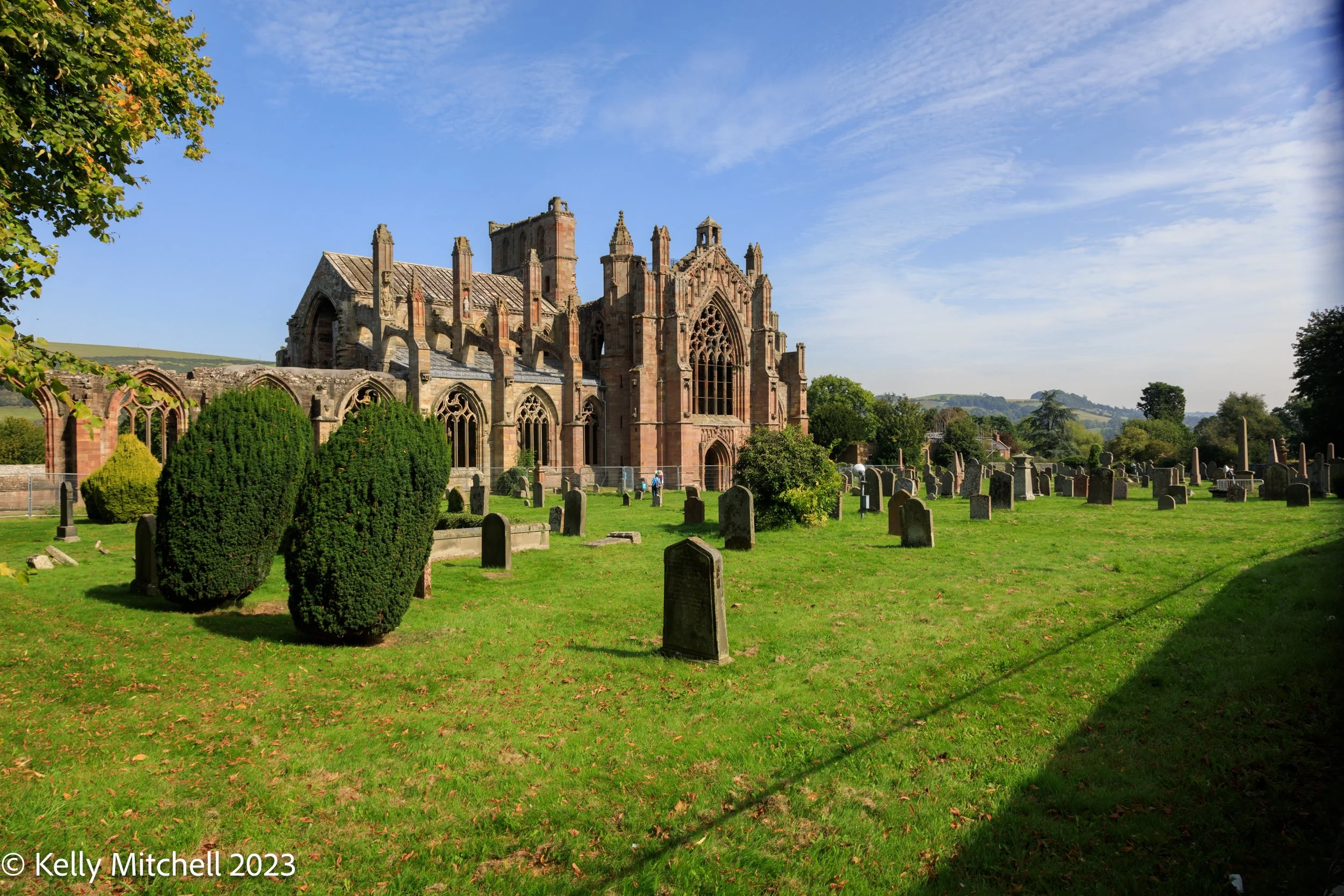
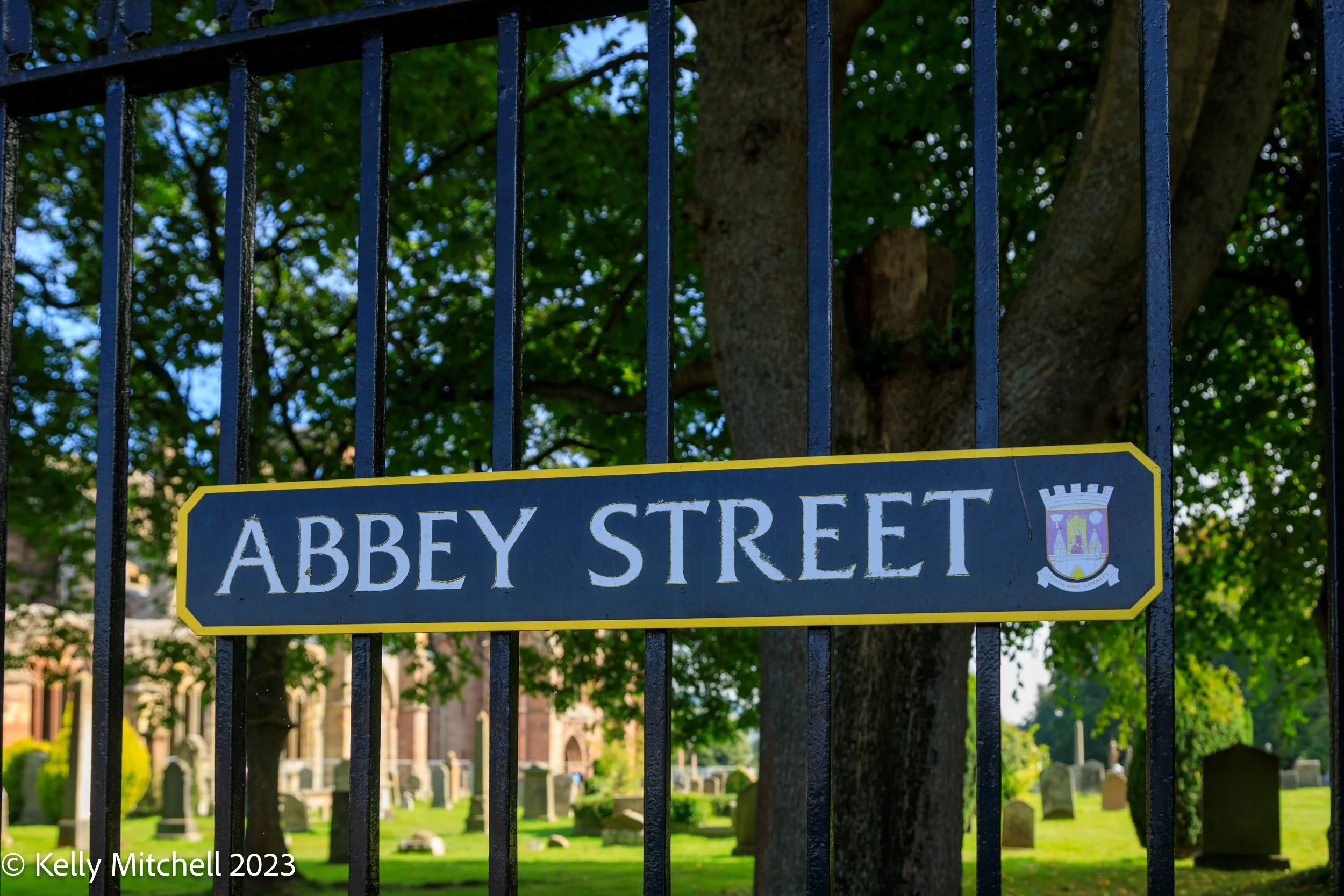
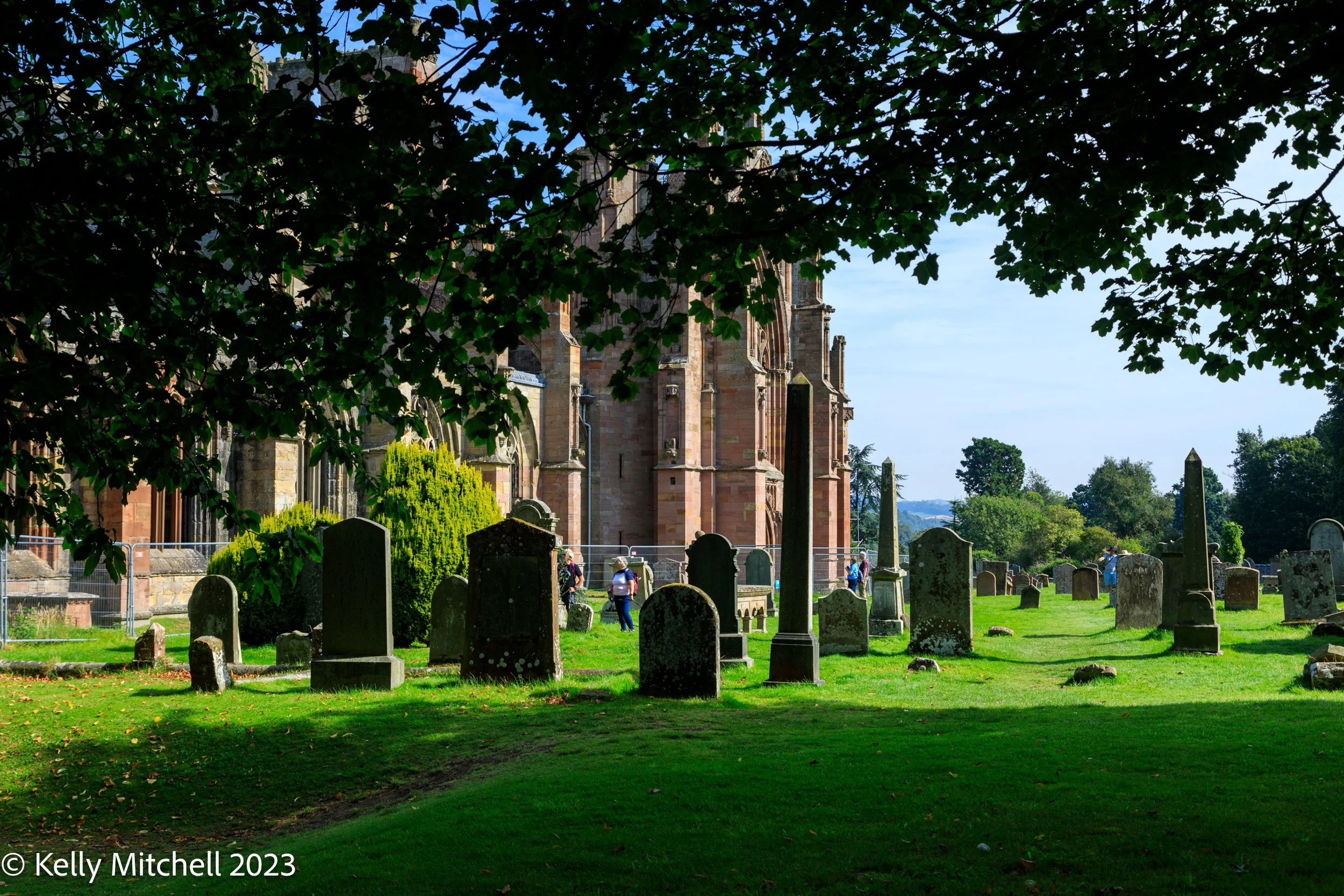
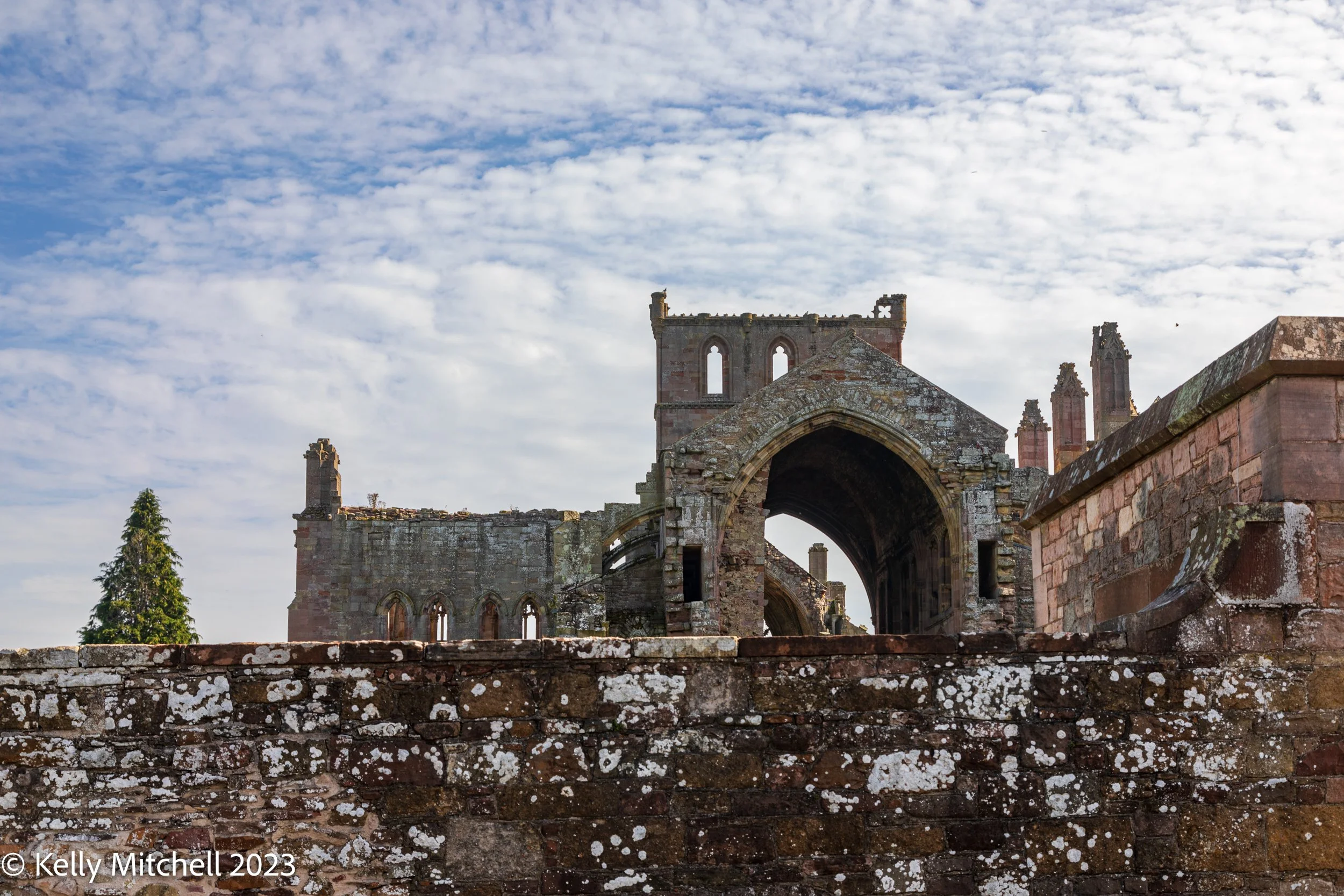
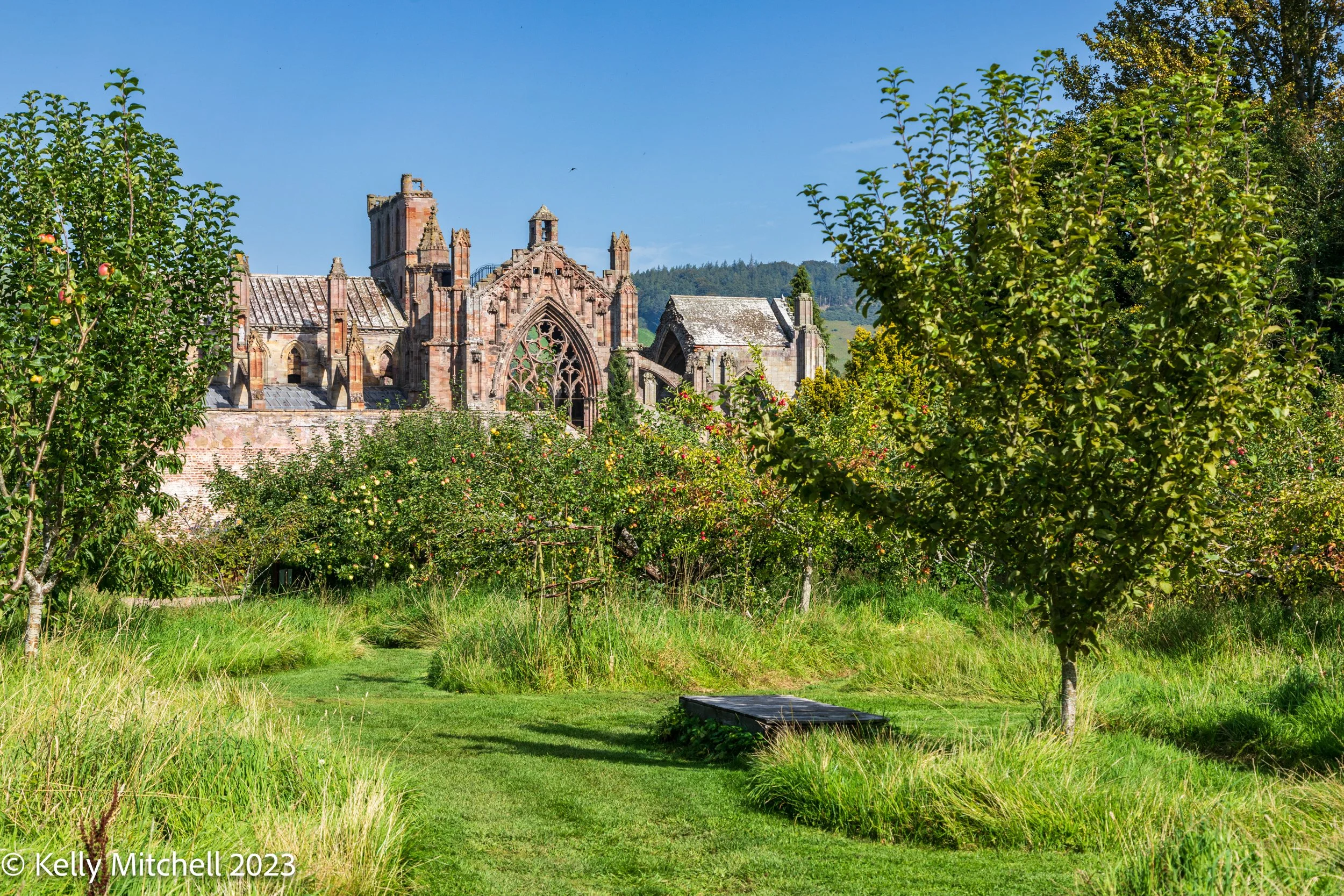
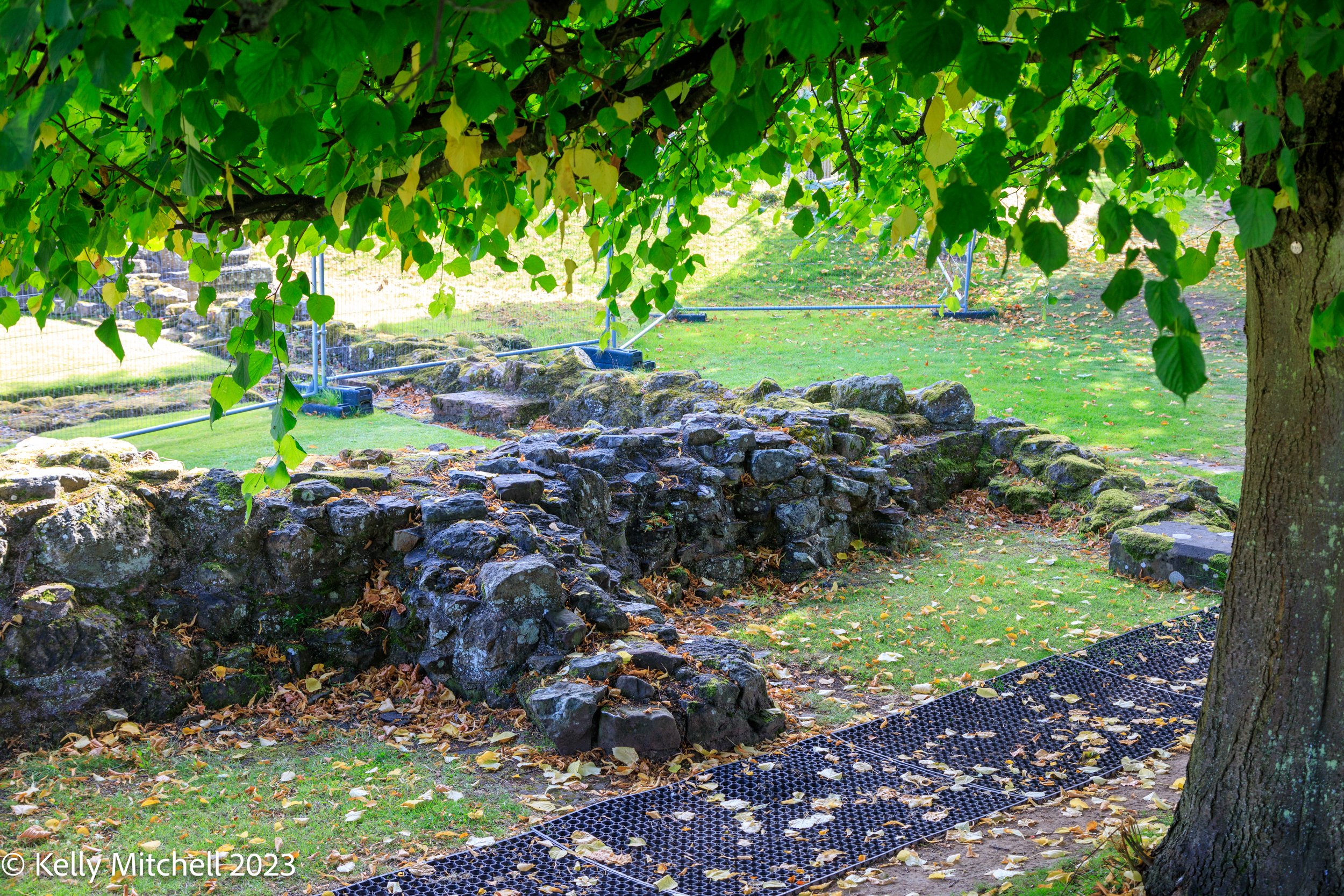
BORDERLANDS
BORDERLANDS HISTORY
The Carter Bar, once known as “Rede Swire”, has a long and eventful history, Roman legions invaded after AD 79, building “Dere Street” which passes 5 miles (8km) east of here. They subdued native British tribes in various campaigns, before pulling back their frontier to Hadrian’s Wall.
Years later, ancient poetry recalls the southward march over these hills of King Mynyddog’s war band from the Gododdin tribe. These Celtic warriors fell in heroic destruction by a great army of invading Saxons at Catterick (Catraeth).
“Trychant eurdorchog
Gwneddgar, gwaenog
…Try, nid angorsant,
Three hundred gold-torqued warriors
Fearsome, splendid in action,
…Alas, they did not return.”
Tribal boundaries switched regularly for centuries until the Gaelic (Scots) army of King Malcom III decisively beat the Anglo-Saxons (English) at Carham-on-Tweed in 1018. The Border then assumed more or less its present position, confirmed by the Treaty of York 1237.
The death of Alexander III, King of Scots, in 1286 led to three centuries of savage Scottish-English conflict, with frequent wars and invasions, continuous raiding and general anarchy in the Borderlands. A Scots army passed this way in 1388 to the great battle of Otterburn.
“It fell about the Lammas tide,
When the muir-men win their hay,
The doughty Douglas bound him to ride into England
To drive a pray.
…And he has burned the dukes or Tyne
And half of Bambroughshire;
And three good towers on Redeswire fells,
He left them all on fire”.
This was the era of the Border Rivers or “moss-troopers”, lawless families raiding back and forth with scant regard to lives, property or even kings, who placed the frontier under the ineffective control of the “Wardens of the Middle March”. A meeting of the Scottish and English Wardens in 1575 occasioned the last fatal Border skirmish, The Redeswire Fray, on the slopes to the east of this spot. The Union of 1603 and 1707 finally brought an end to military conflict between the two countries.
HADRIANS’ WALL
Second last stop was to Housesteads Fort out in the countryside and the views were beautiful. This is another spot I wanted to see and explore a little but I do want to revisit it again one day with a bit more time.
Hadrian's Wall (Latin: Vallum Hadriani), also known as the Roman Wall, Picts' Wall, or Vallum Aelium in Latin, is a former defensive fortification of the Roman province of Britannia, begun in AD 122 in the reign of the Emperor Hadrian. Running from Wallsend on the River Tyne in the east to Bowness-on-Solway in the west of what is now northern England, it was a stone wall with large ditches in front of it and behind it that crossed the whole width of the island. Soldiers were garrisoned along the line of the wall in large forts, smaller milecastles, and intervening turrets. In addition to the wall's defensive military role, its gates may have been customs posts.
Housesteads Roman Fort is the remains of an auxiliary fort on Hadrian's Wall, at Housesteads, Northumberland, England, south of Broomlee Lough. The fort was built in stone around AD 124, soon after the construction of the wall began in AD 122 when the area was part of the Roman province of Britannia. Its name has been variously given as Vercovicium, Borcovicus, Borcovicium, and Velurtion. The 18th-century farmhouse Housesteads gives the modern name.Housesteads Roman Fort The site is owned by the National Trust and is in the care of English Heritage. Finds can be seen at the site, in the museum at Chesters, and in the Great North Museum: Hancock in Newcastle upon Tyne.
